In recent years, High-Intensity Interval Training (HIIT) has gained significant popularity in the bodybuilding and fitness world. Many individuals are turning to HIIT as an effective and time-efficient method to achieve their fitness goals. This blog aims to explore the reasons behind this growing trend, delve into scientific studies that support HIIT training over high-volume, low-intensity workouts, address potential downsides of HIIT, and examine the injury risks associated with this form of training. Furthermore, we will highlight three or four elite athletes who have incorporated HIIT into their training routines, showcasing its effectiveness for achieving peak performance.
Scientific Studies Supporting HIIT Training:
Numerous scientific studies have highlighted the benefits of HIIT training compared to high-volume, low-intensity workouts. Here are some key findings:
- Fat Loss: Research has shown that HIIT can be more effective for fat loss compared to traditional steady-state cardio exercises. The high-intensity intervals and subsequent metabolic effects lead to increased calorie burn and enhanced fat oxidation, both during and after the workout.
- Cardiovascular Fitness: HIIT has been proven to improve cardiovascular health and fitness markers, such as aerobic capacity and cardiovascular function (2). The intense bursts of exercise followed by short recovery periods challenge the cardiovascular system, leading to significant improvements in endurance.
- Muscle Retention: HIIT has demonstrated the ability to preserve lean muscle mass while promoting fat loss (3). Unlike long-duration, low-intensity cardio, HIIT provides a stimulus that helps preserve muscle mass, making it an attractive option for individuals aiming to improve body composition.
Potential Downsides of HIIT Training:
While HIIT offers numerous benefits, it is essential to consider potential downsides:
- Intensity and Recovery: HIIT can be physically demanding, requiring individuals to push their limits. This level of intensity may be challenging for beginners or individuals with certain health conditions. Adequate recovery time is crucial to avoid overtraining and mitigate the risk of injury.
- Joint Impact: The repetitive high-impact movements involved in some HIIT exercises, such as jumps and sprints, may place additional stress on the joints. Individuals with pre-existing joint conditions should exercise caution and modify exercises as needed.
- Individual Variability: HIIT workouts are not a one-size-fits-all approach. The intensity and duration should be tailored to individual fitness levels and goals. Consulting a fitness professional or personal trainer can help design a suitable HIIT program and minimize the potential downsides.
Injury Risks in HIIT vs. Low-Intensity Training:
The risk of injury in HIIT versus low-intensity training depends on various factors:
- Form and Technique: Performing exercises with proper form and technique is crucial to minimize injury risk in both HIIT and low-intensity training. Focusing on maintaining good form throughout the workout is essential for injury prevention.
- Gradual Progression: Gradually increasing the intensity and duration of HIIT workouts allows the body to adapt and reduce the risk of overuse injuries. It is important to listen to the body and avoid pushing beyond personal limits.
- Individual Factors: Individual factors such as pre-existing injuries, fitness level, and mobility limitations can influence injury risk. Paying attention to these factors and modifying exercises as needed can help reduce the likelihood of injury.
Elite Athletes Embracing HIIT Training:
Several elite athletes have incorporated HIIT training into their routines, showcasing its effectiveness for achieving peak performance. Here are three notable examples:
- Usain Bolt: The world-renowned sprinter incorporated HIIT workouts into his training to improve his explosive speed and power. HIIT allowed him to simulate the intense bursts of energy required for sprinting events.
- Serena Williams: The tennis superstar integrated HIIT sessions into her training regimen to enhance her overall fitness, agility, and endurance on the court. HIIT helped her improve her explosive movements and recover faster between points.
- Conor McGregor: The mixed martial artist relied on HIIT workouts to develop his conditioning and explosive power. HIIT training played a crucial role in enhancing his cardiovascular fitness and performance during fights.
The rise of HIIT training in the bodybuilding and fitness world can be attributed to its proven effectiveness in promoting fat loss, improving cardiovascular fitness, and preserving lean muscle mass. While HIIT offers numerous benefits, it is essential to approach it with caution, ensuring proper form, technique, and adequate recovery. Individual variability and considerations must be taken into account to mitigate injury risks. By incorporating HIIT into their training routines, elite athletes such as Usain Bolt, Serena Williams, and Conor McGregor have demonstrated its potential to optimize athletic performance. Embrace the power of HIIT and unlock your fitness potential through intense, time-efficient workouts that deliver remarkable results.

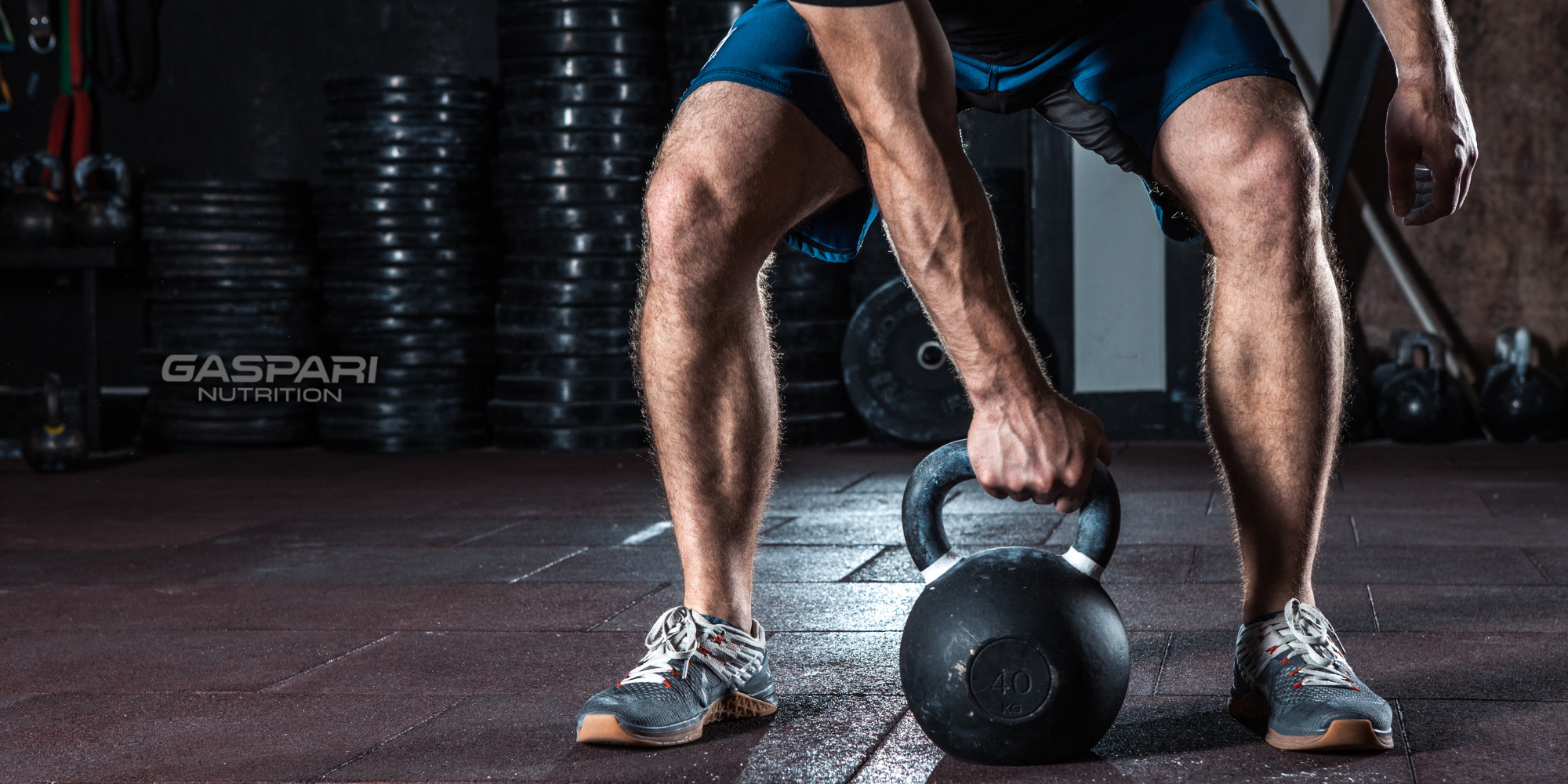
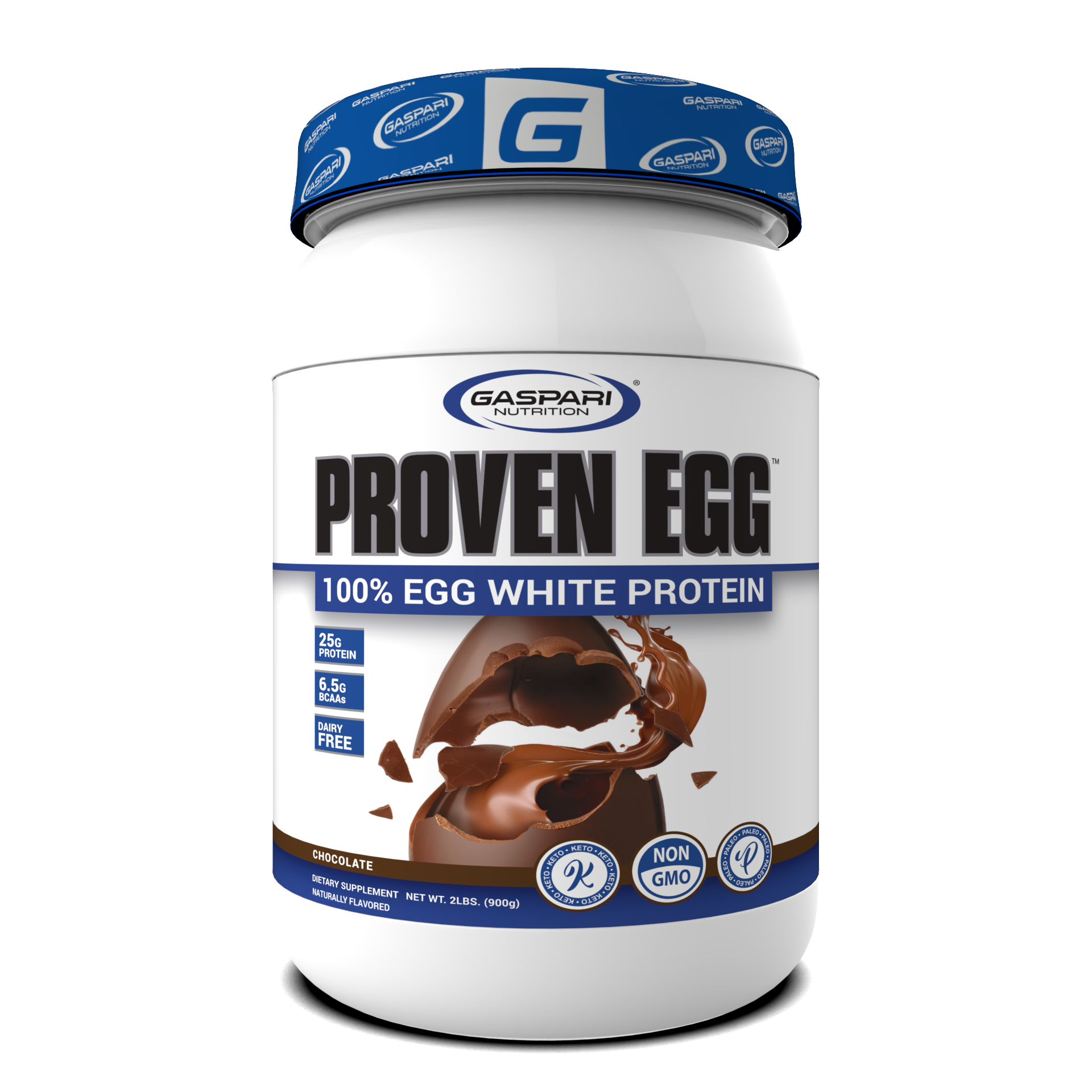
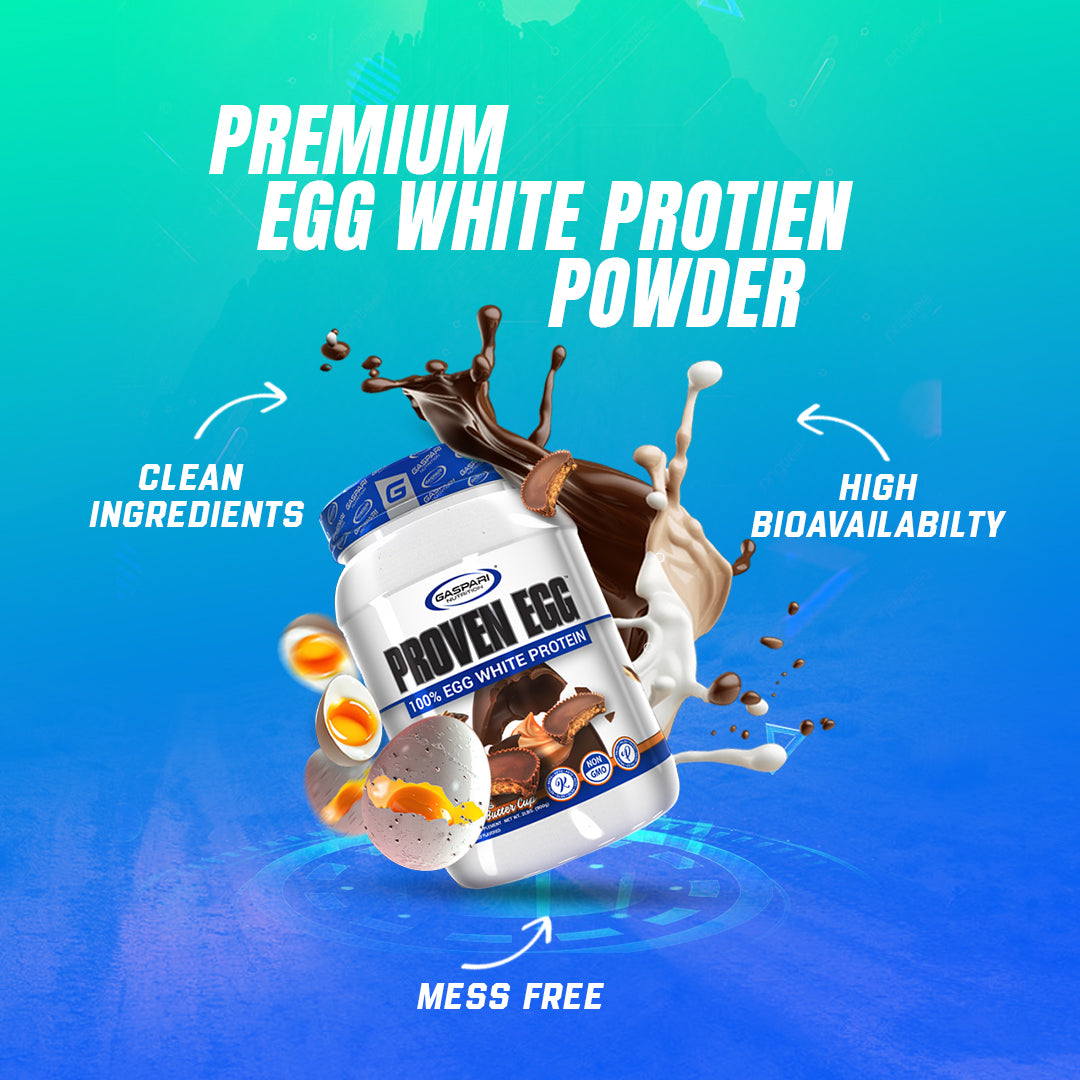
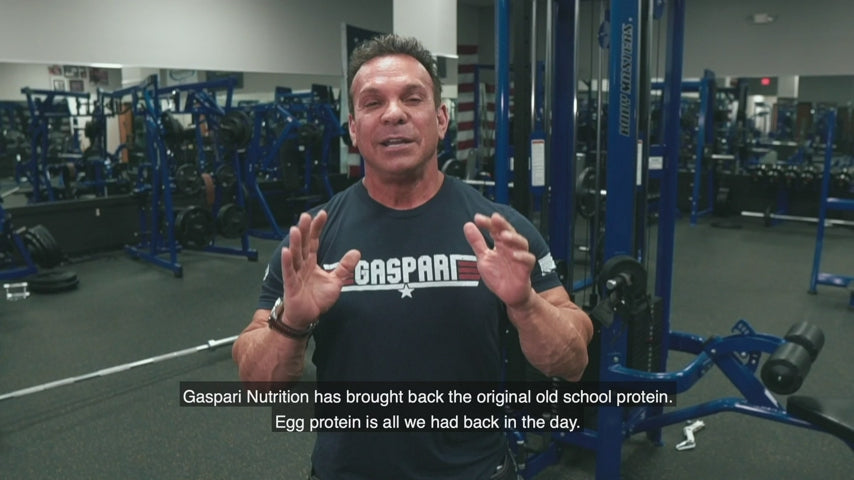


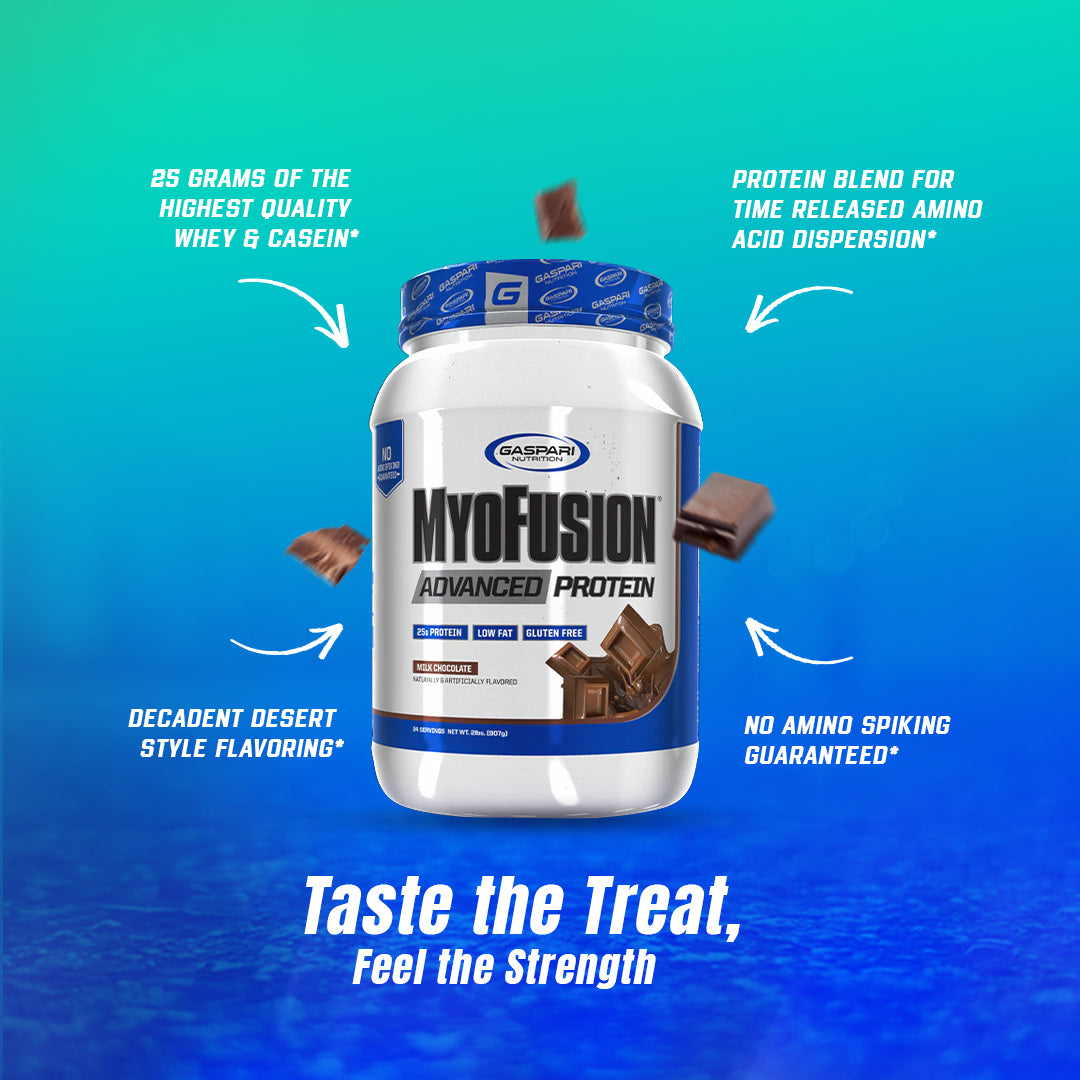

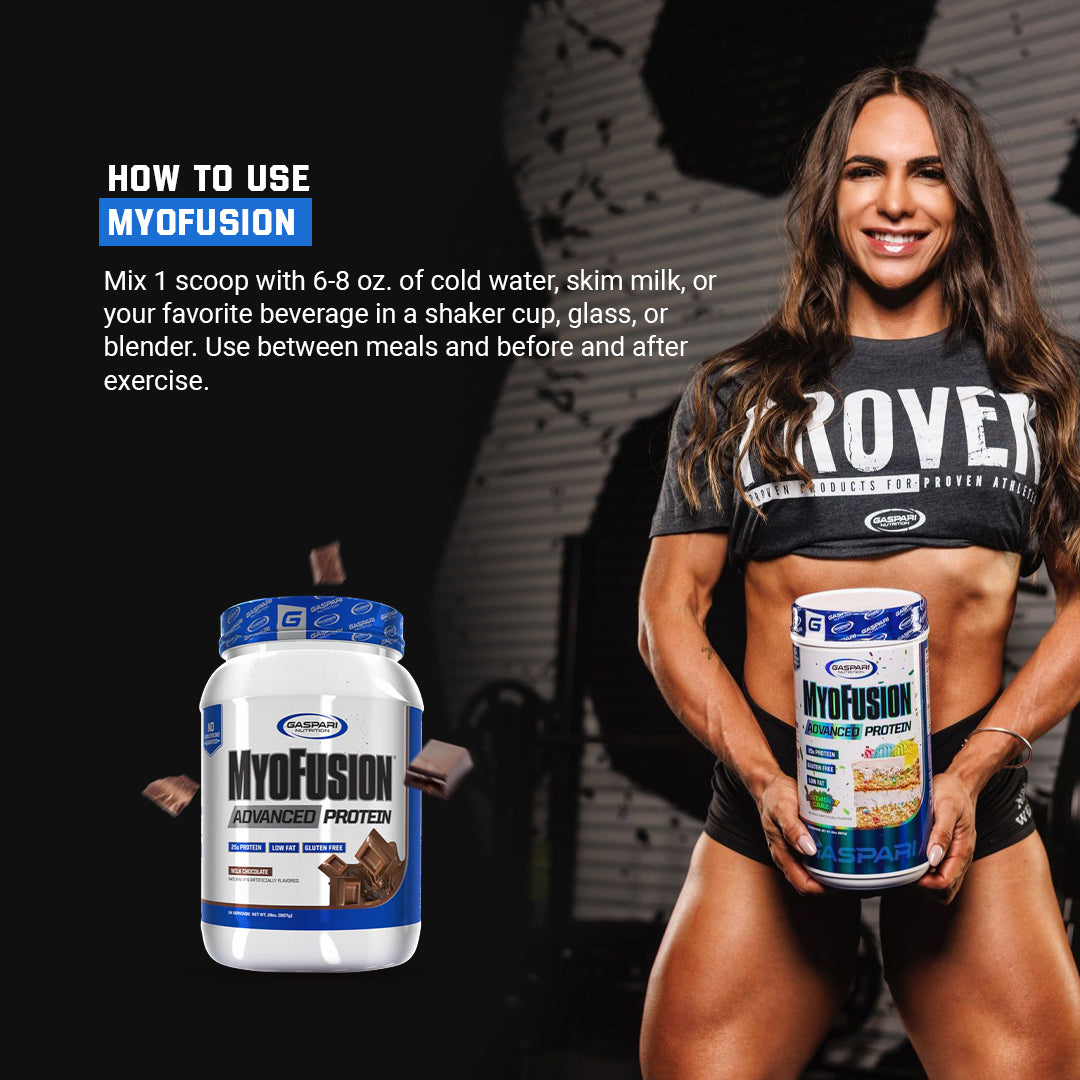
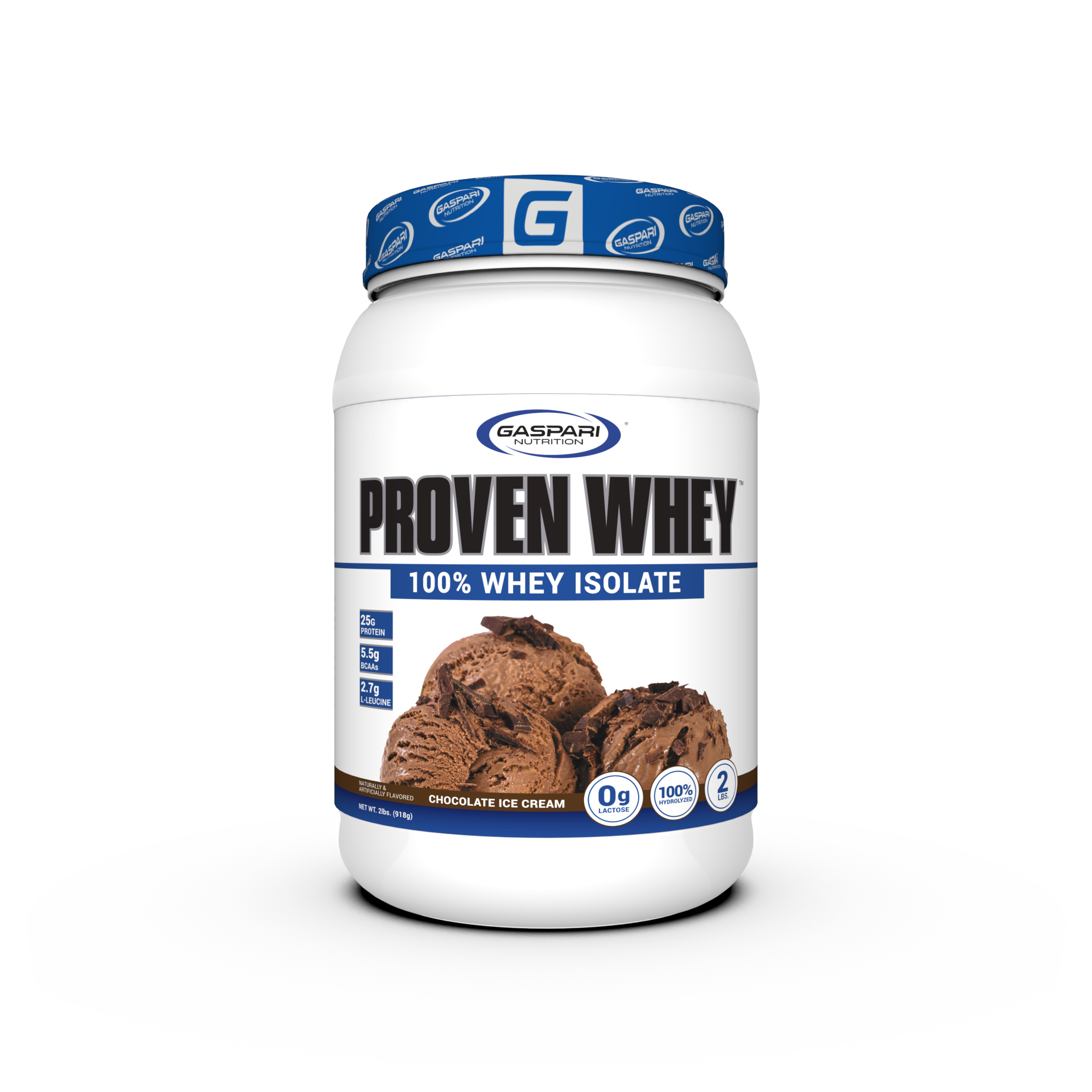
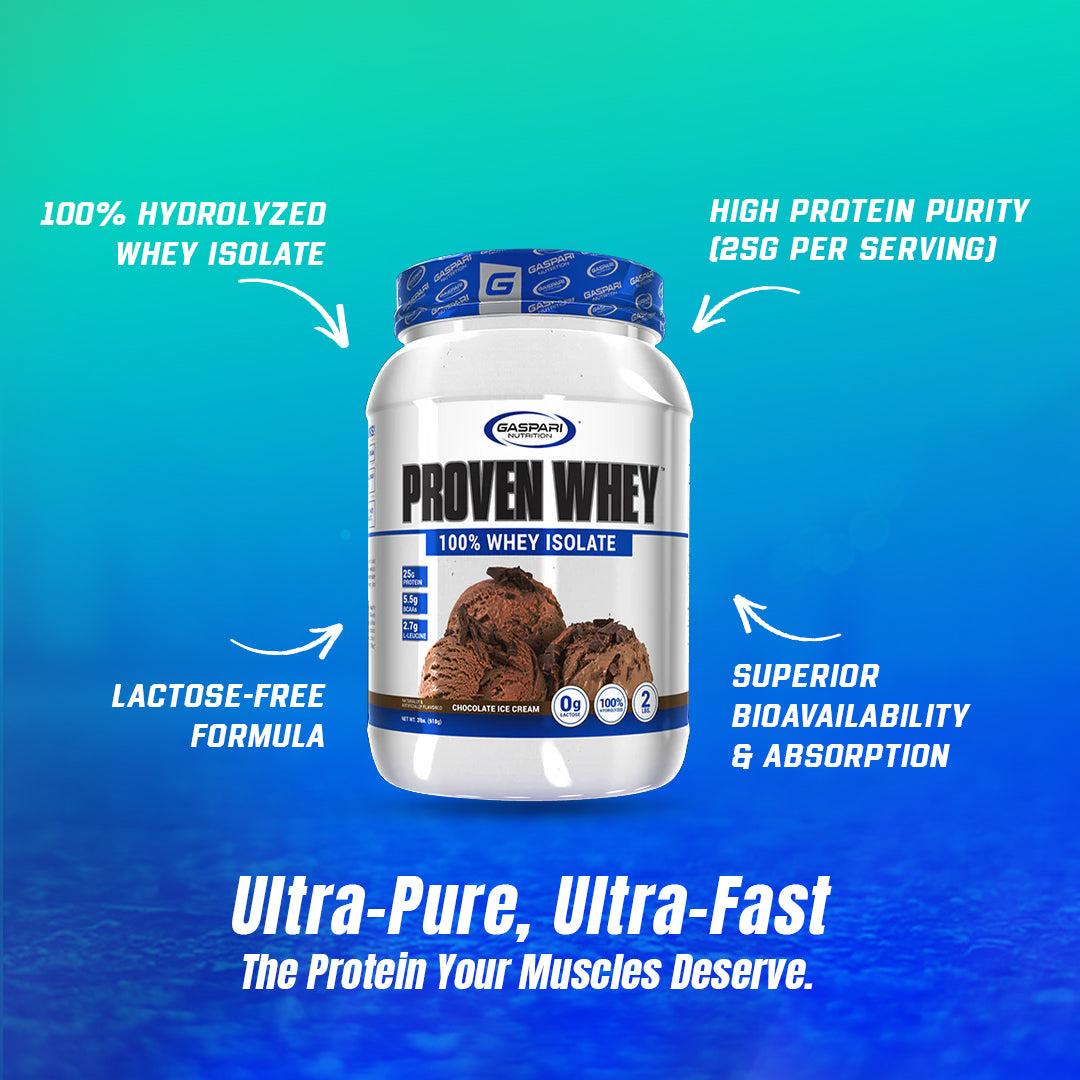
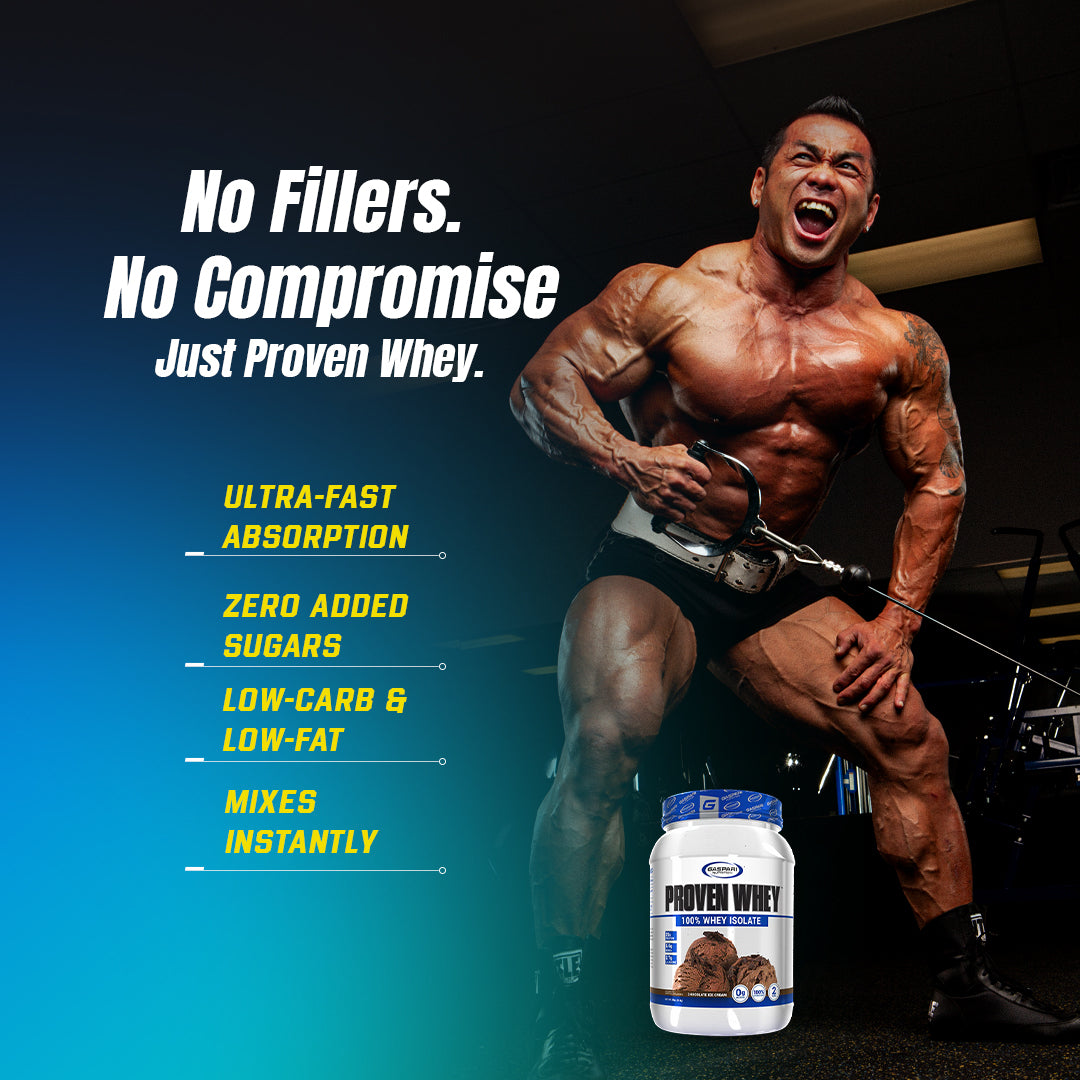

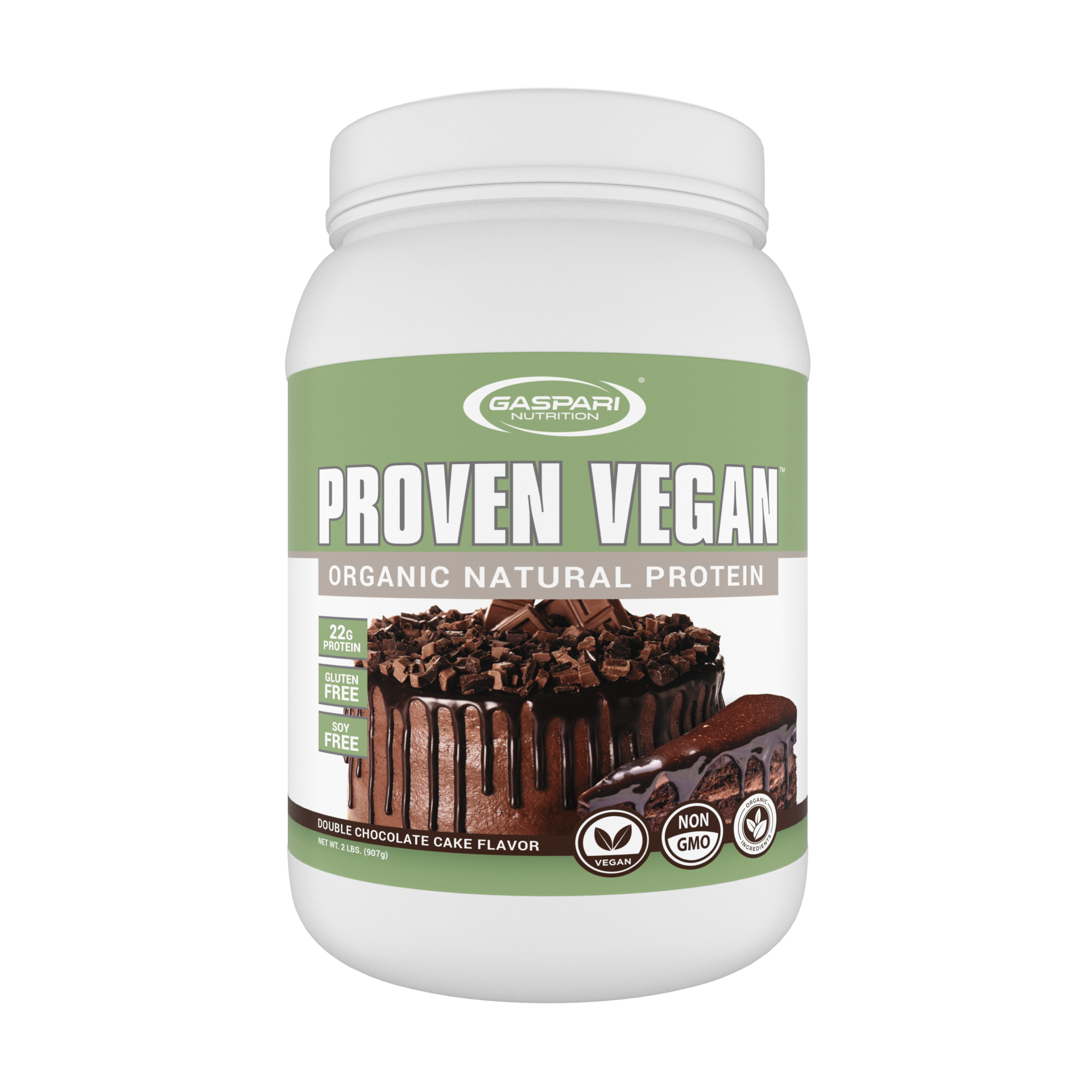


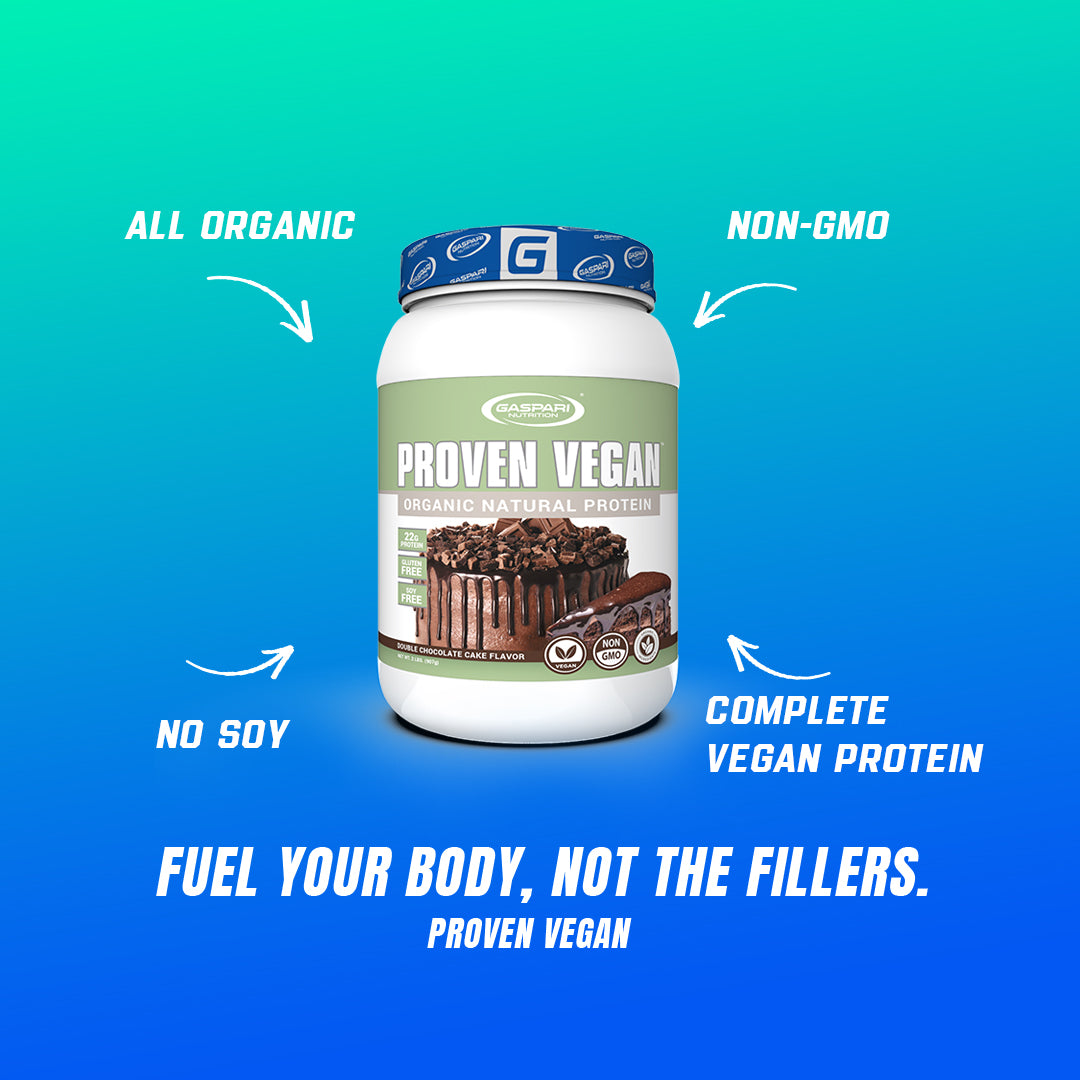
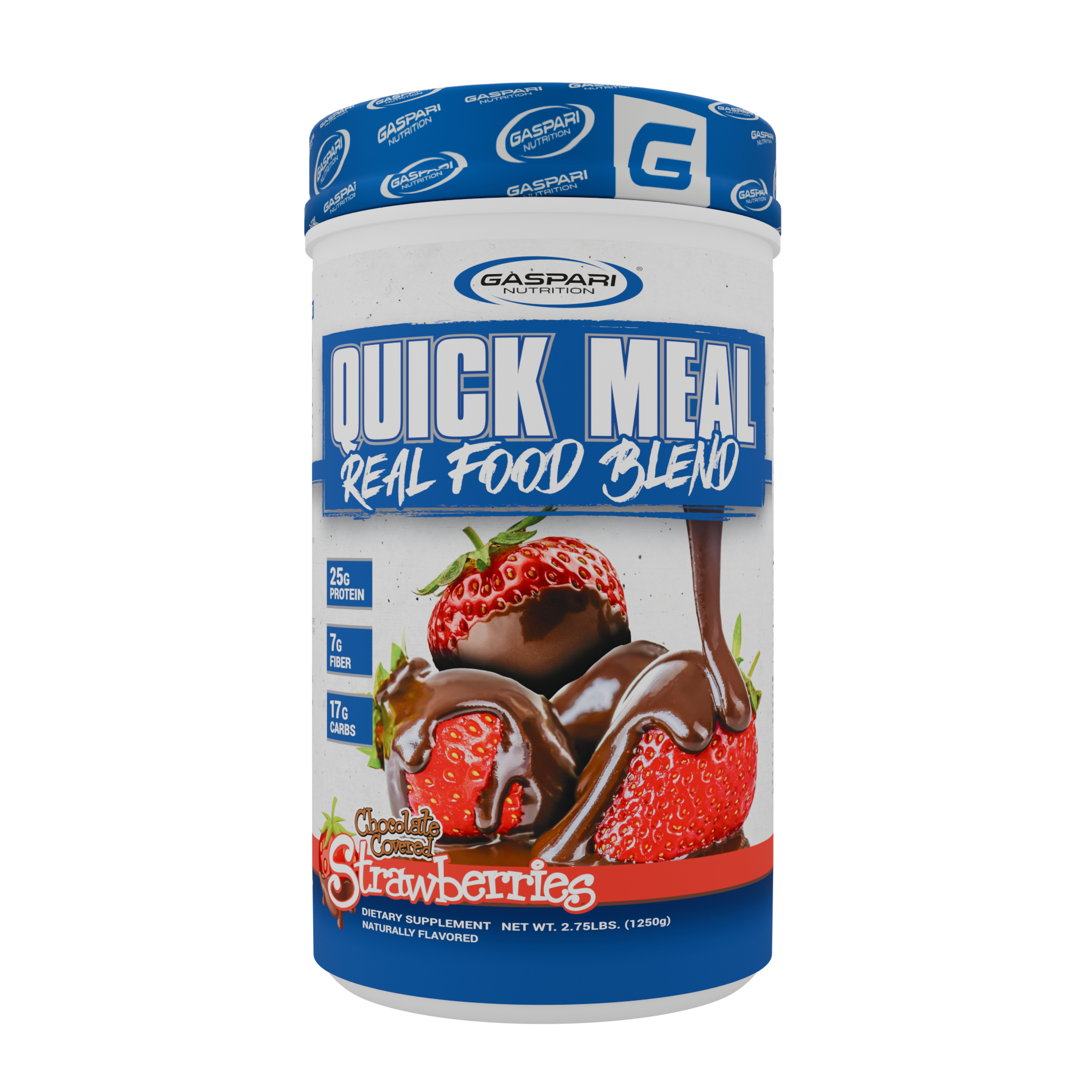
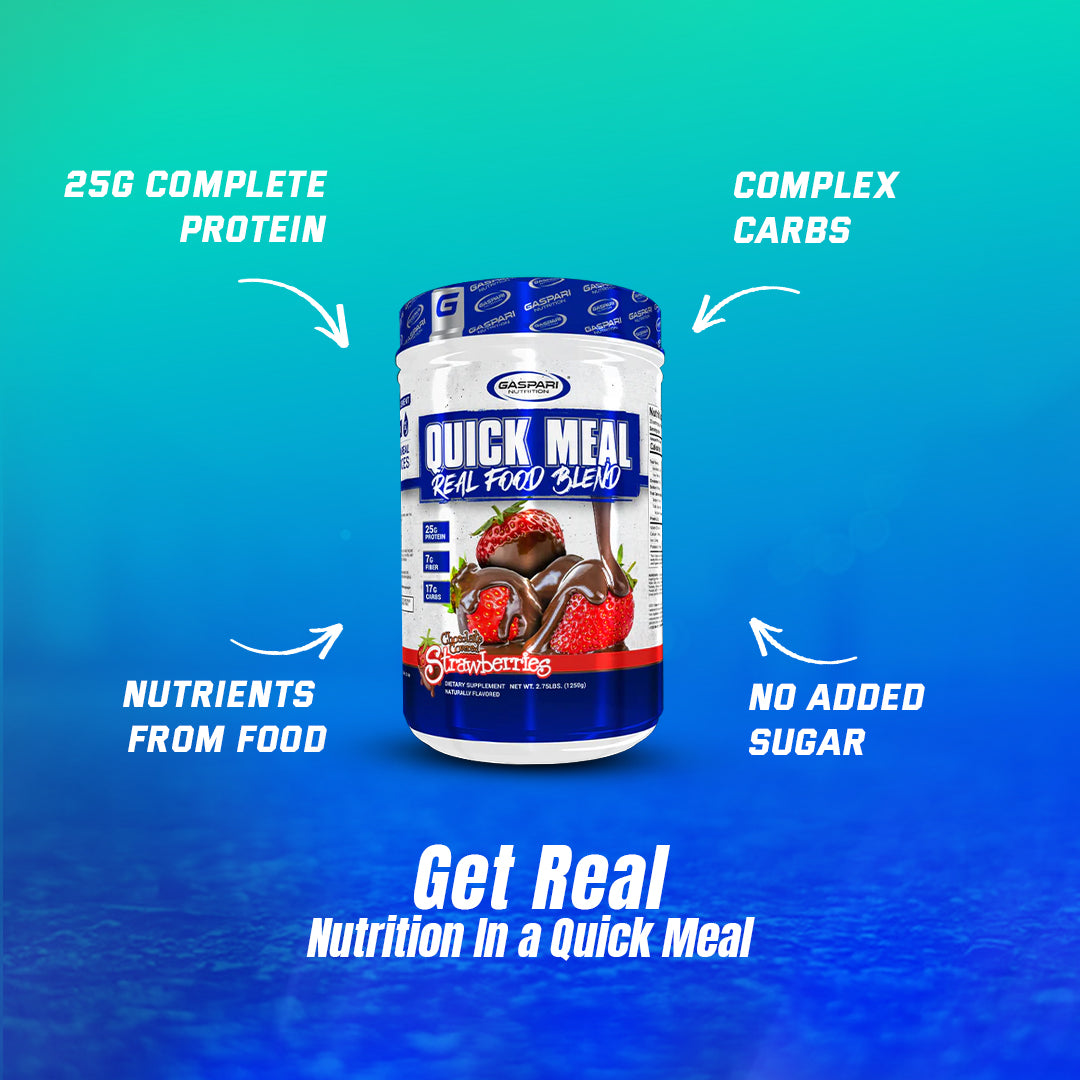
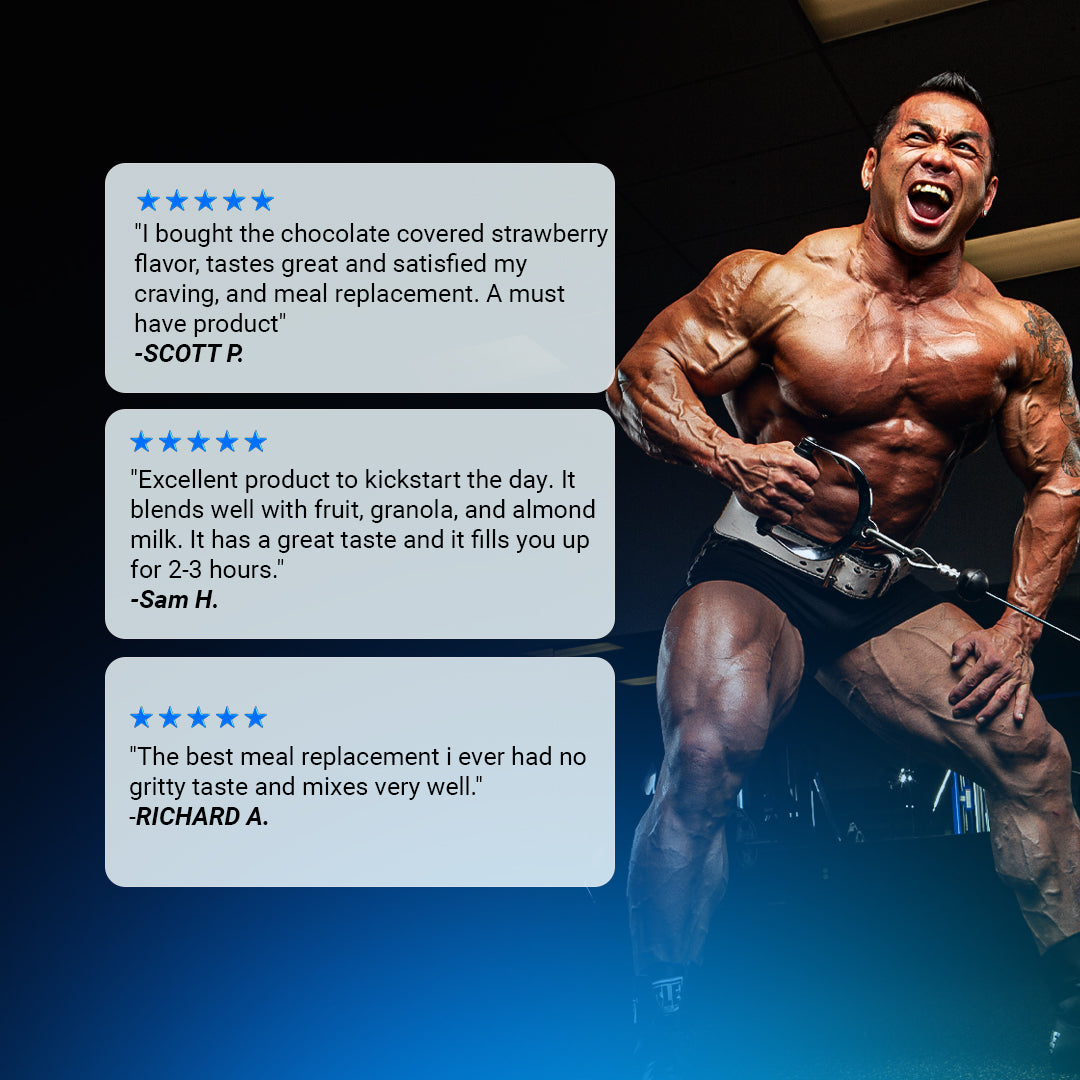
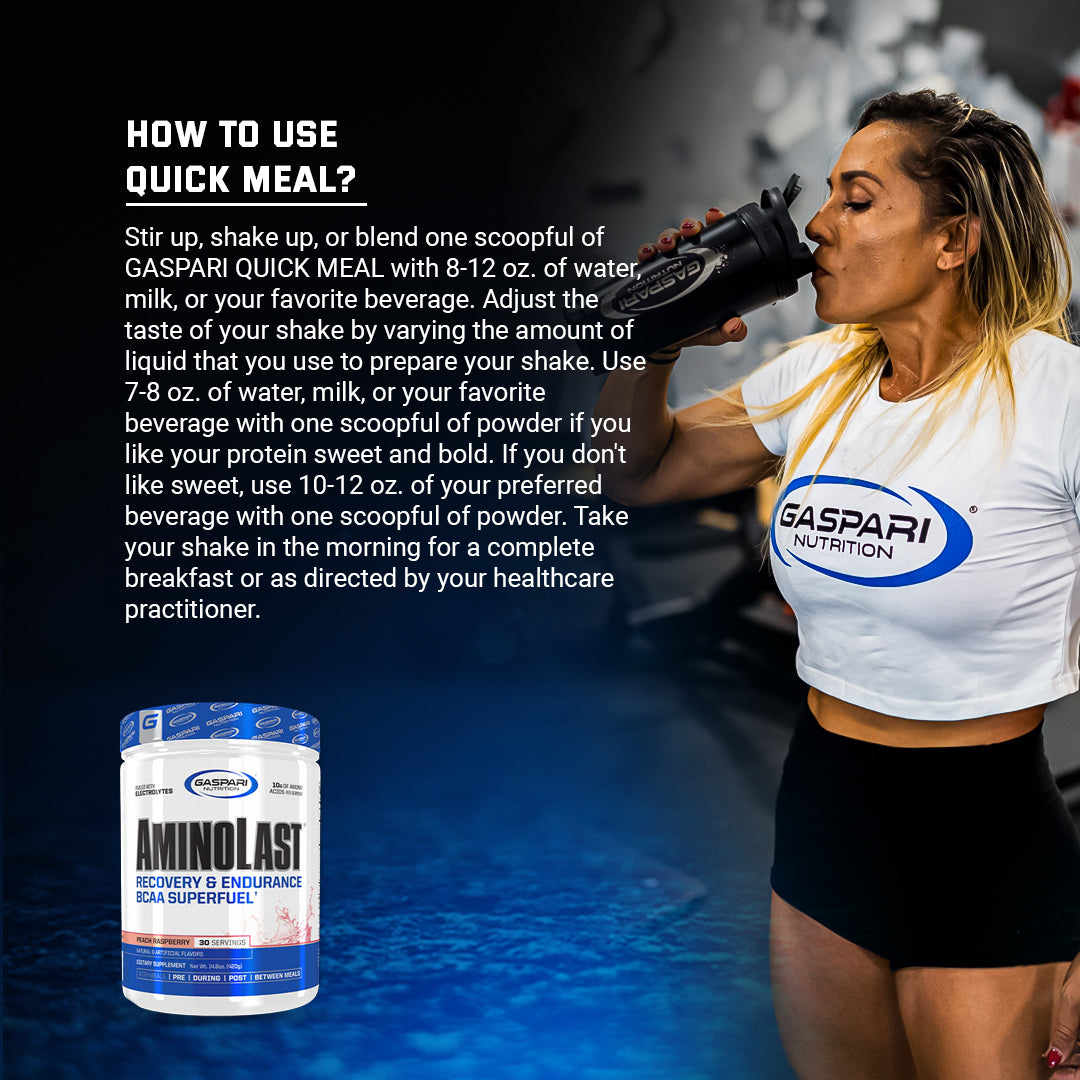

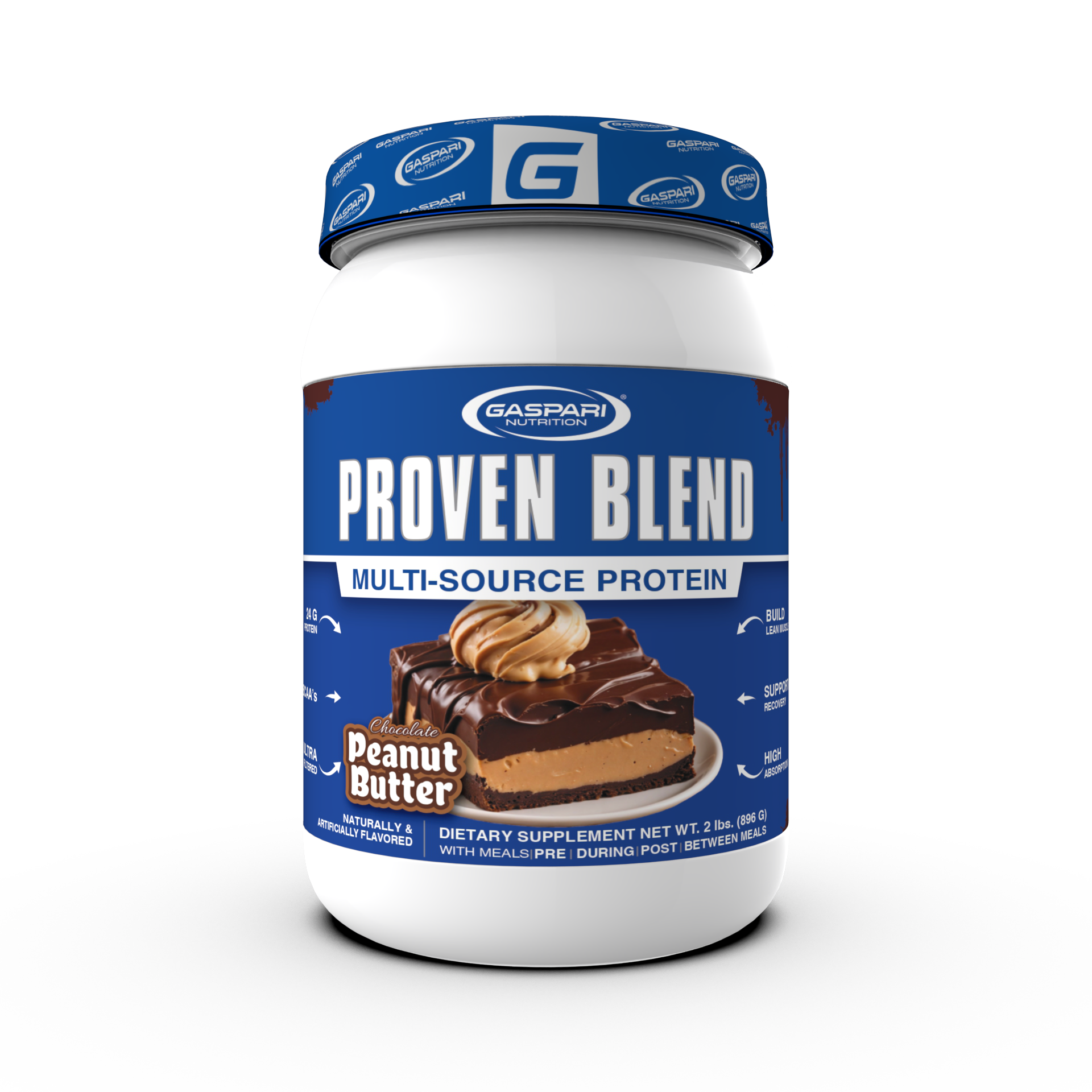
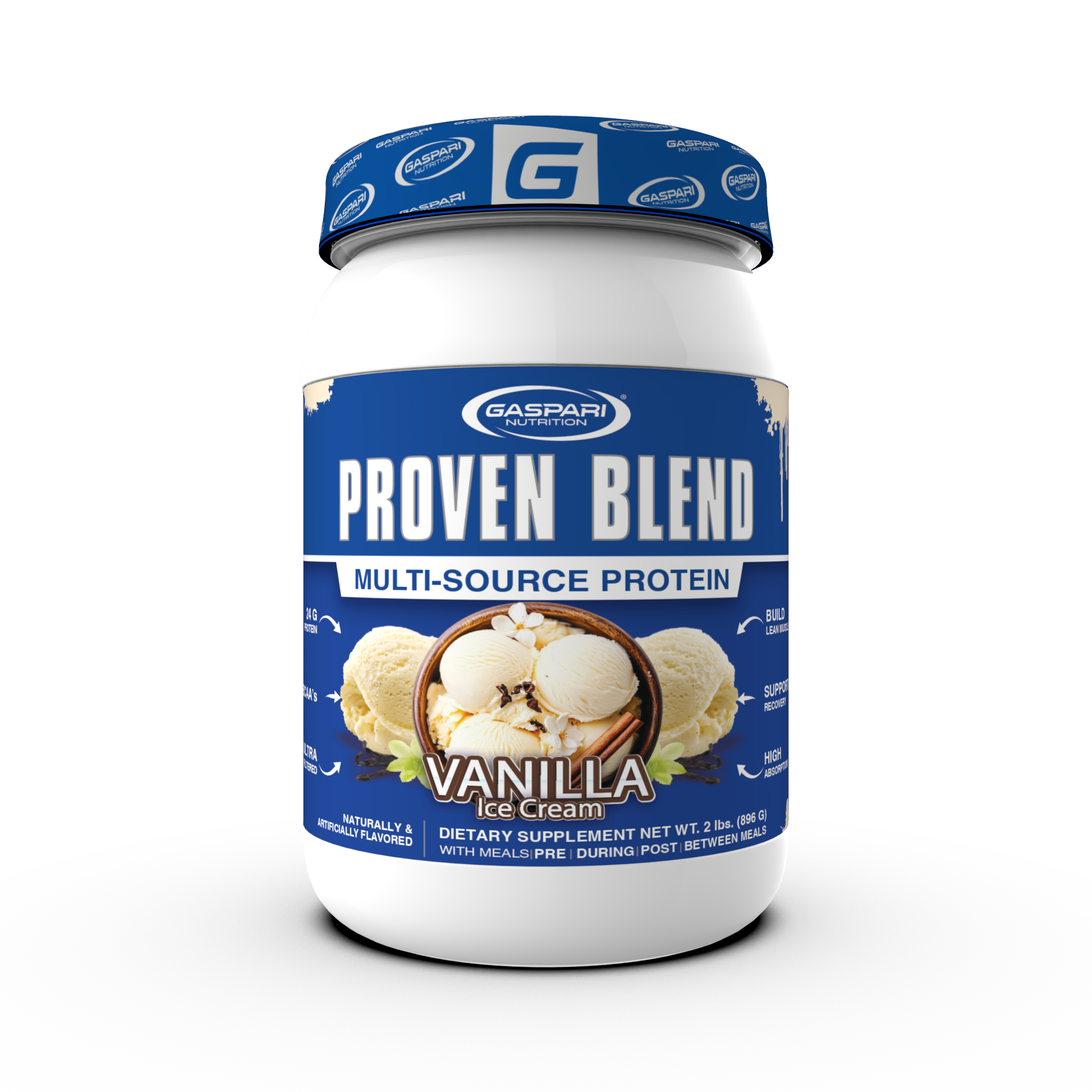

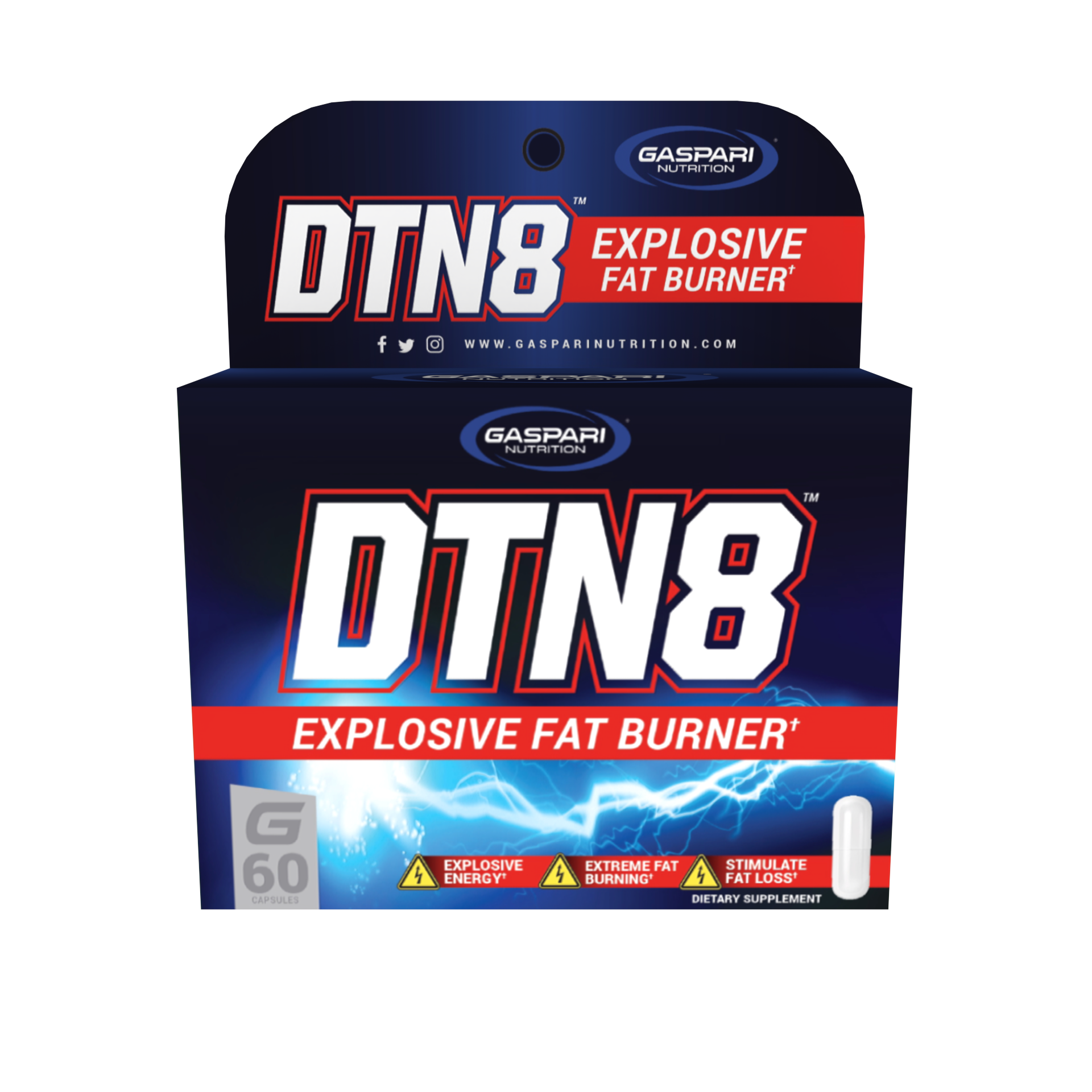

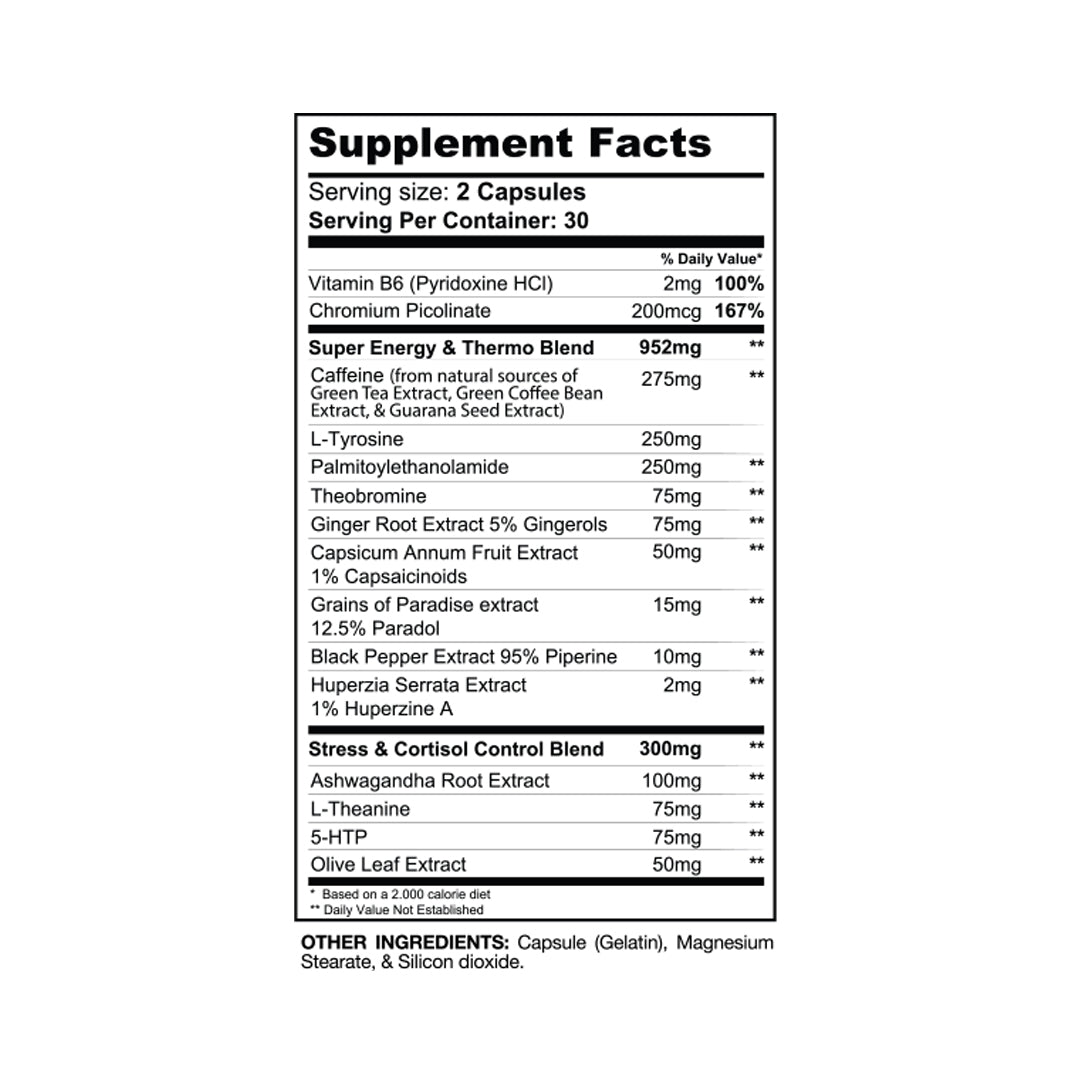
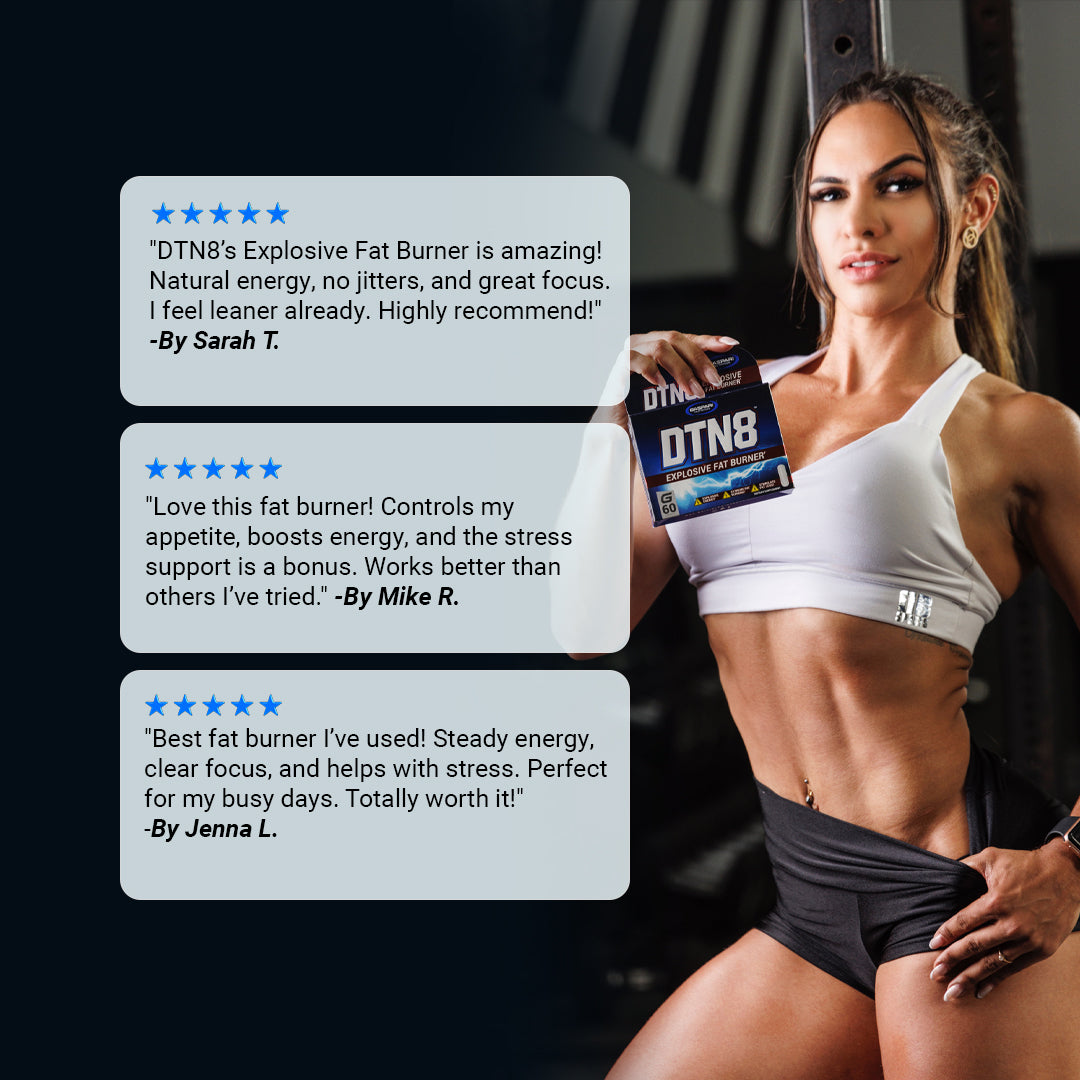


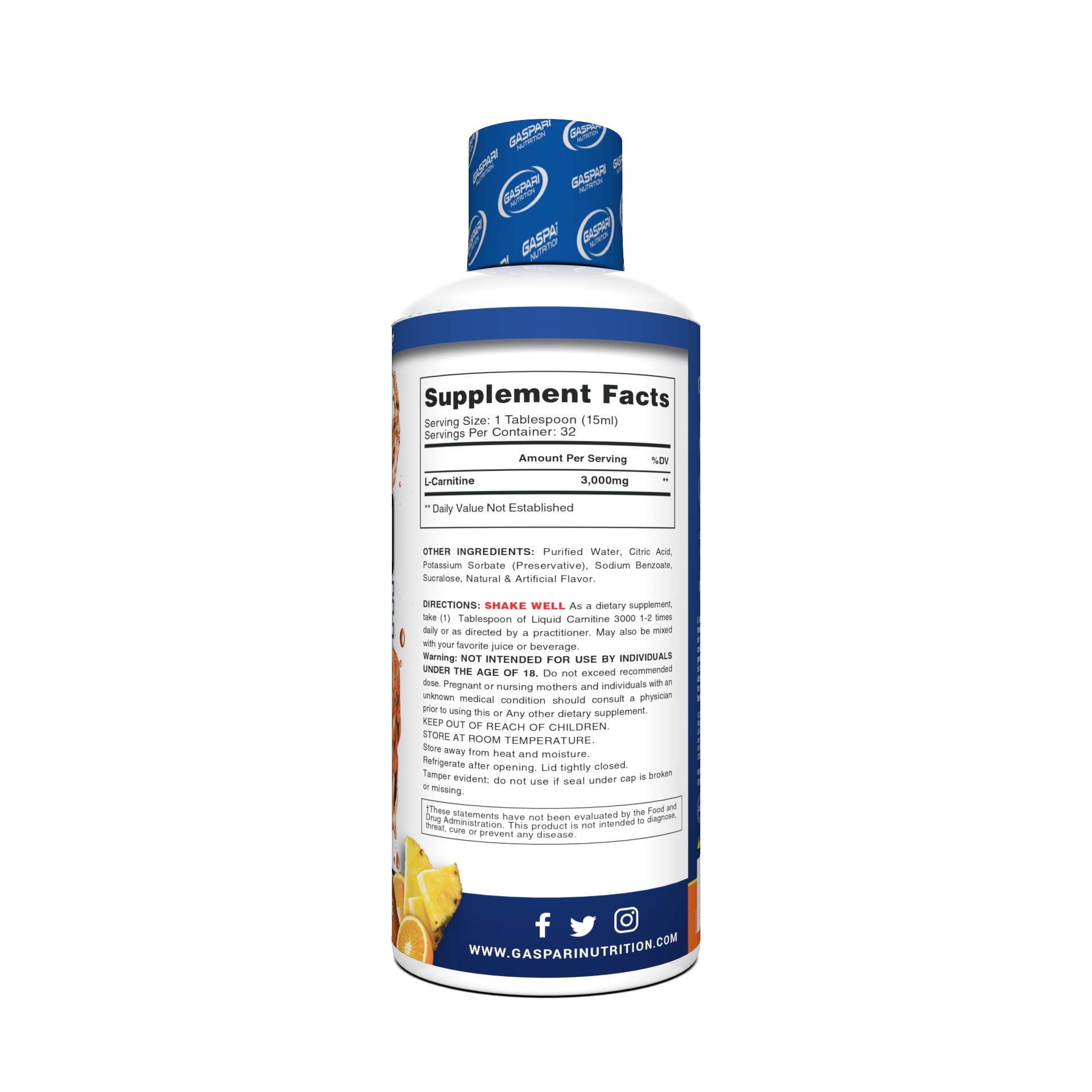

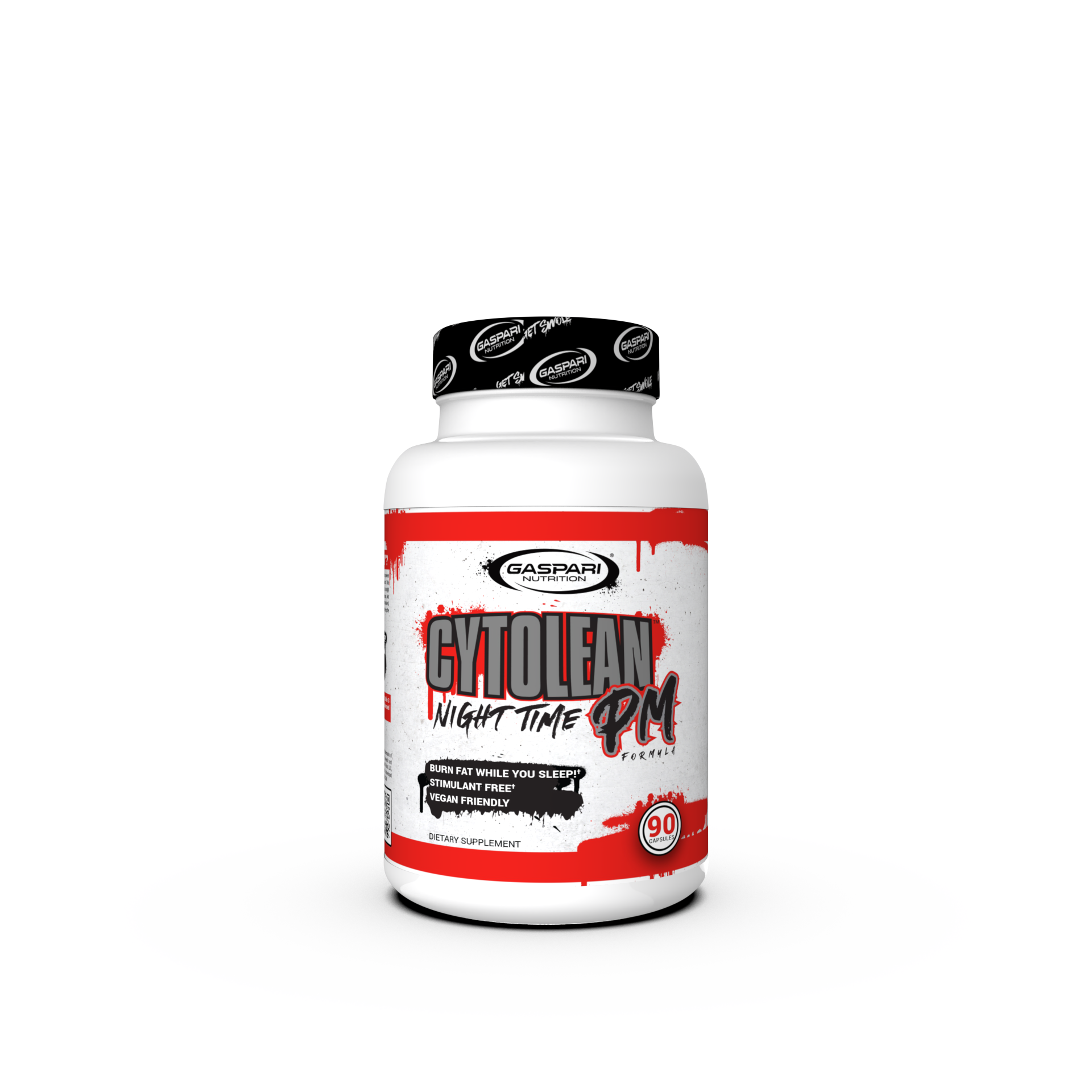
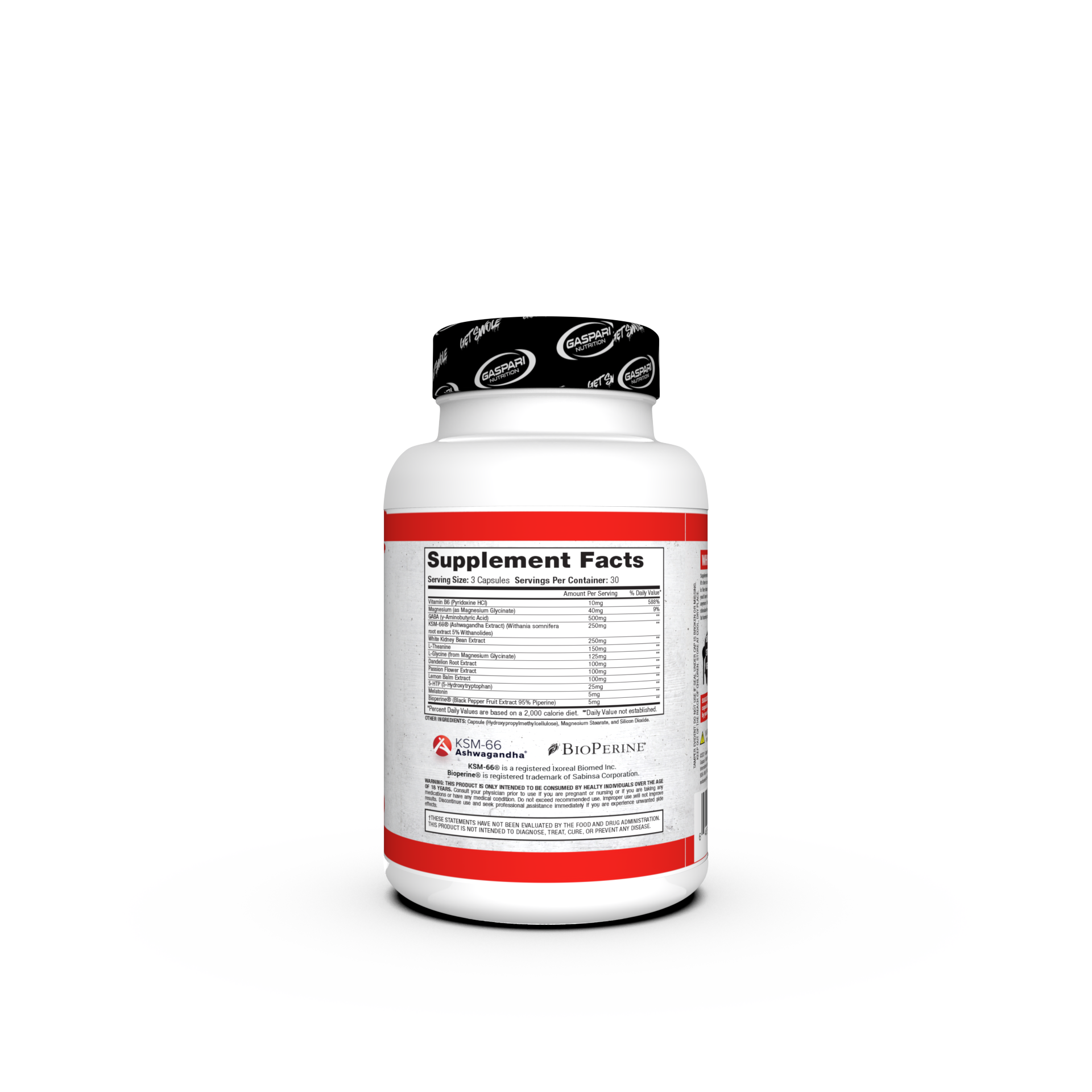
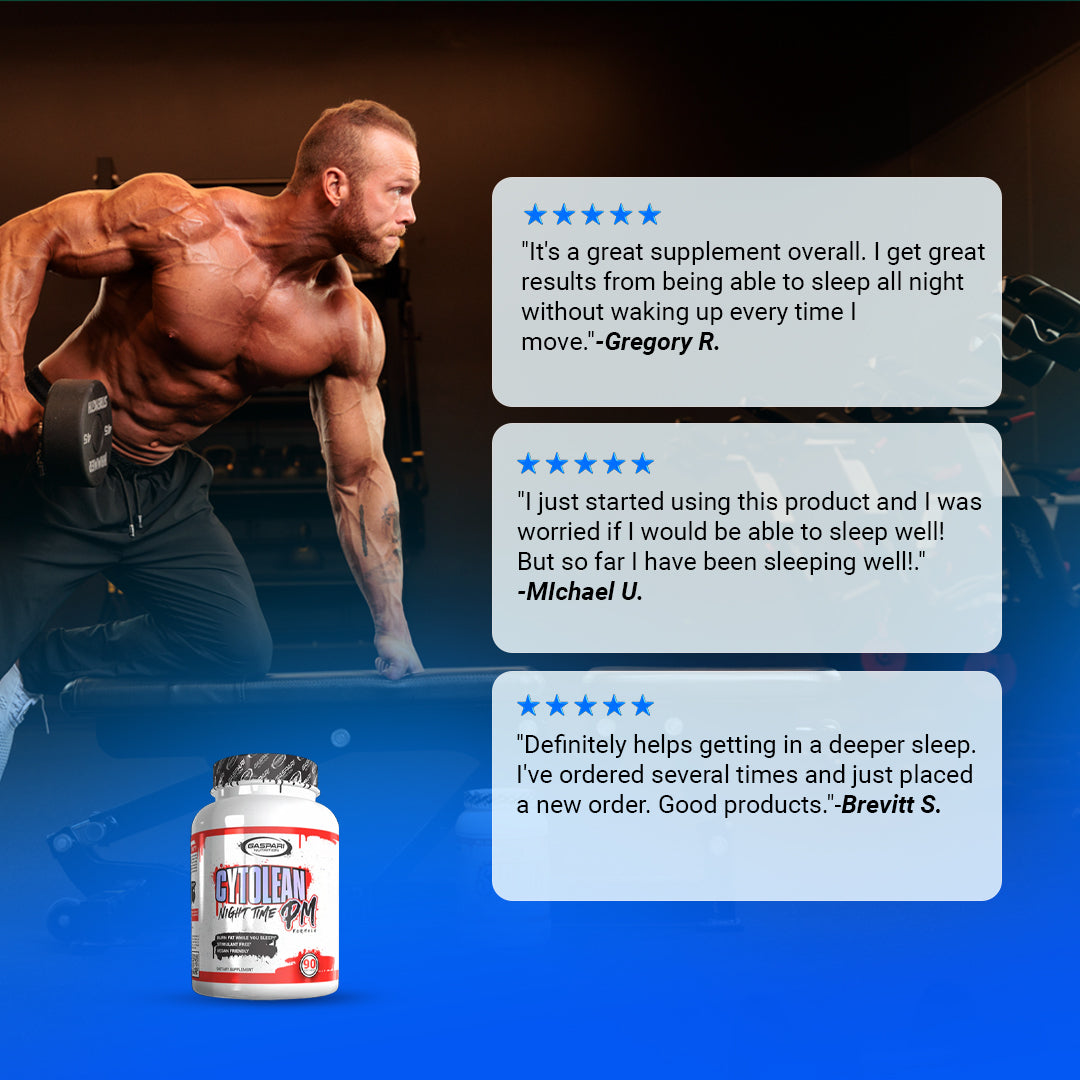

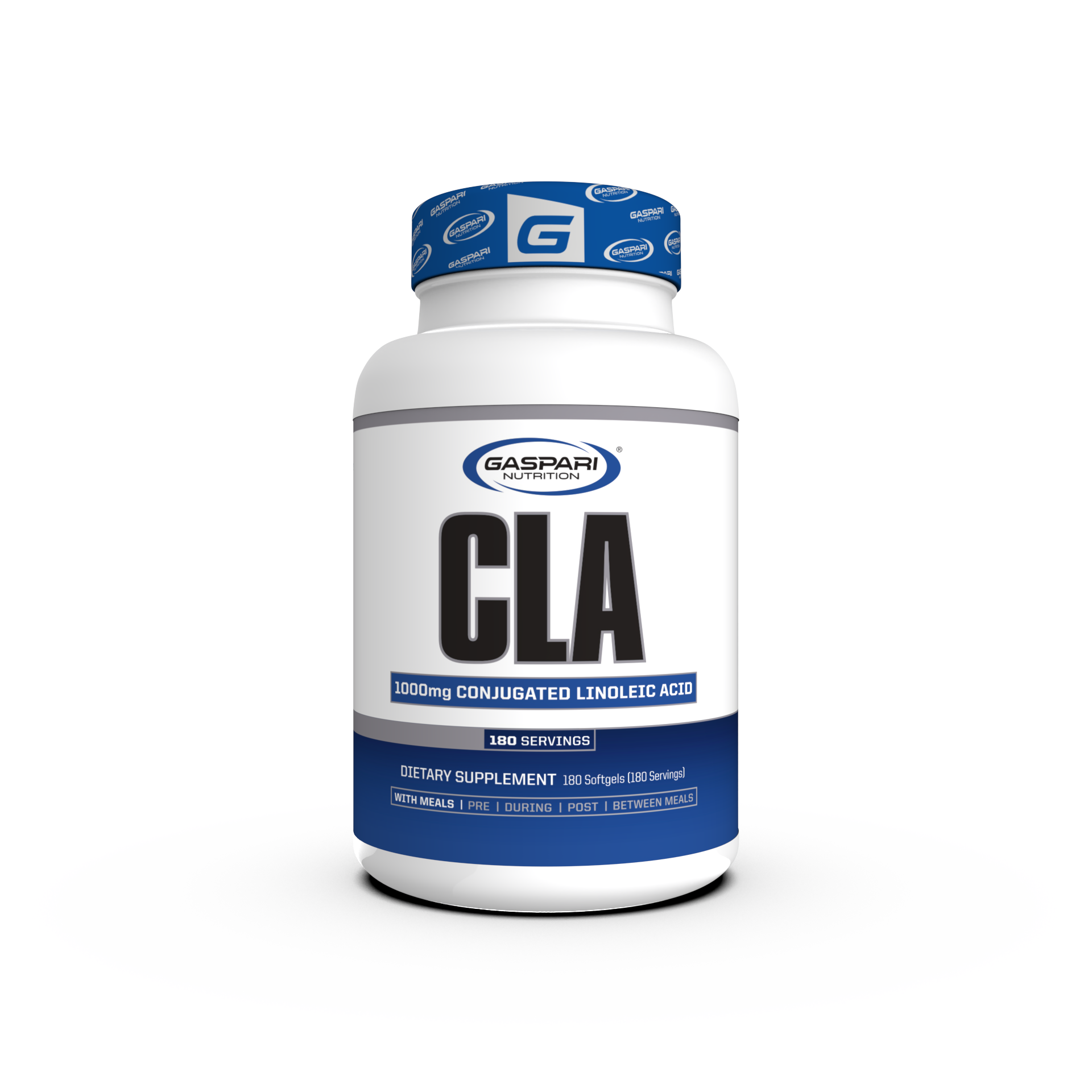
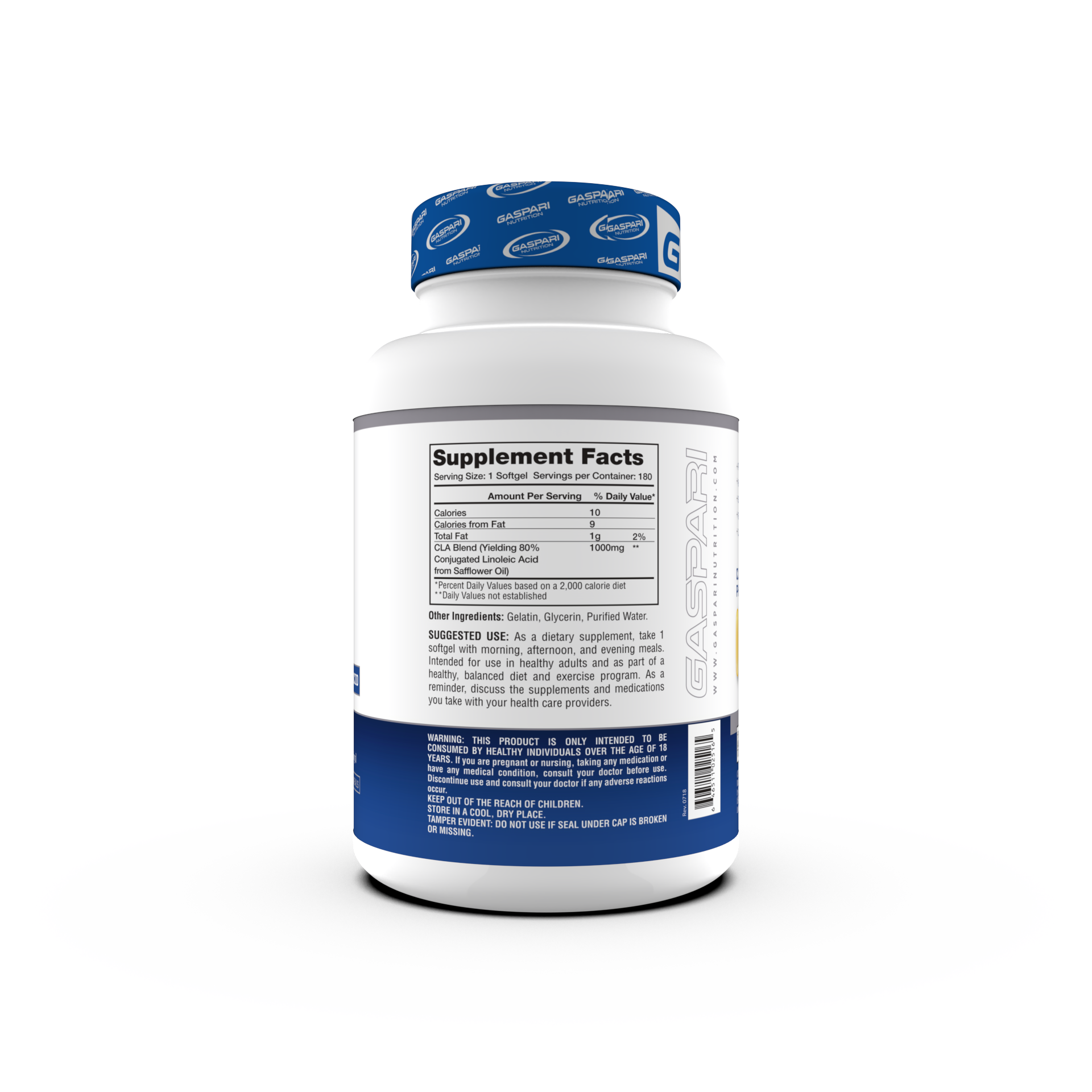
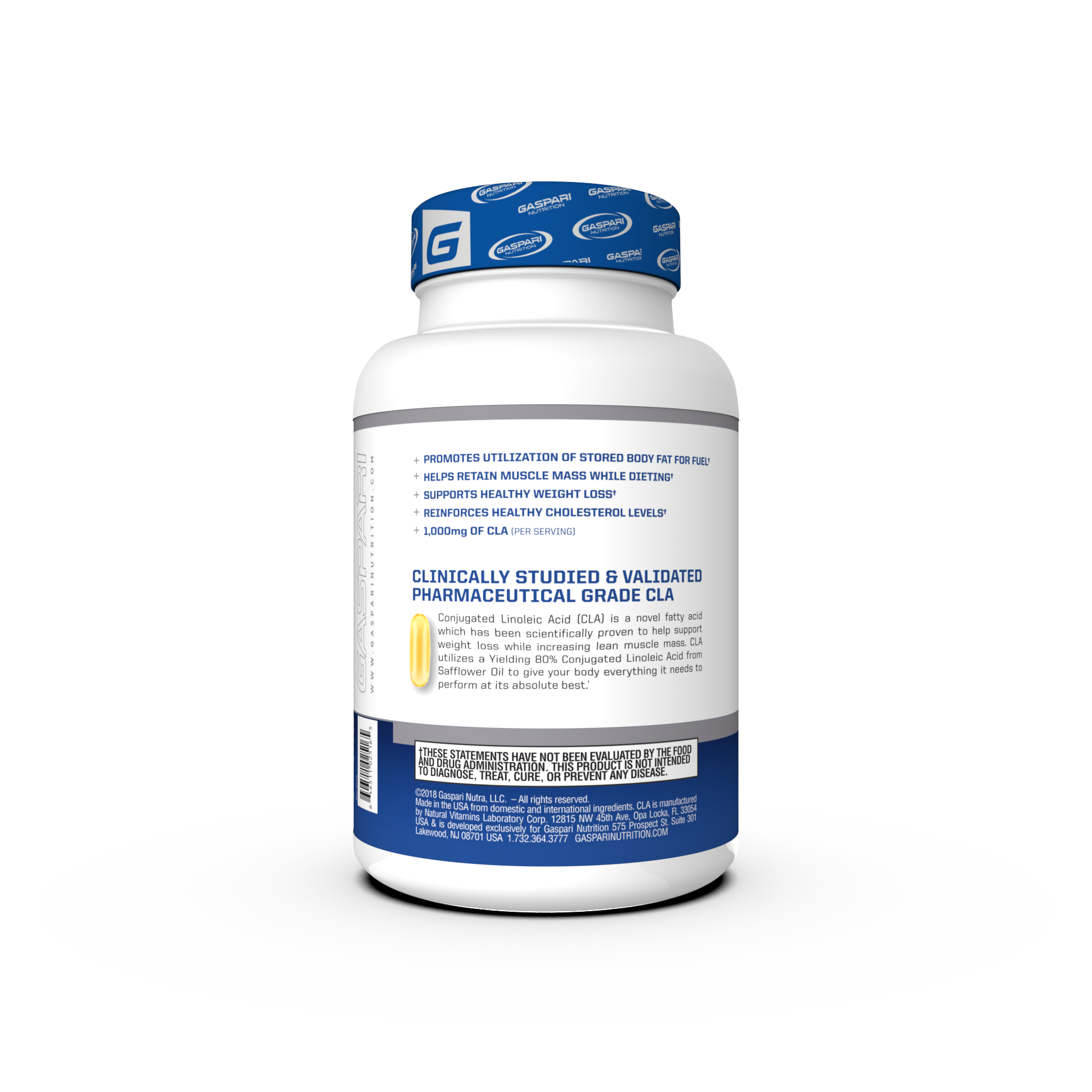

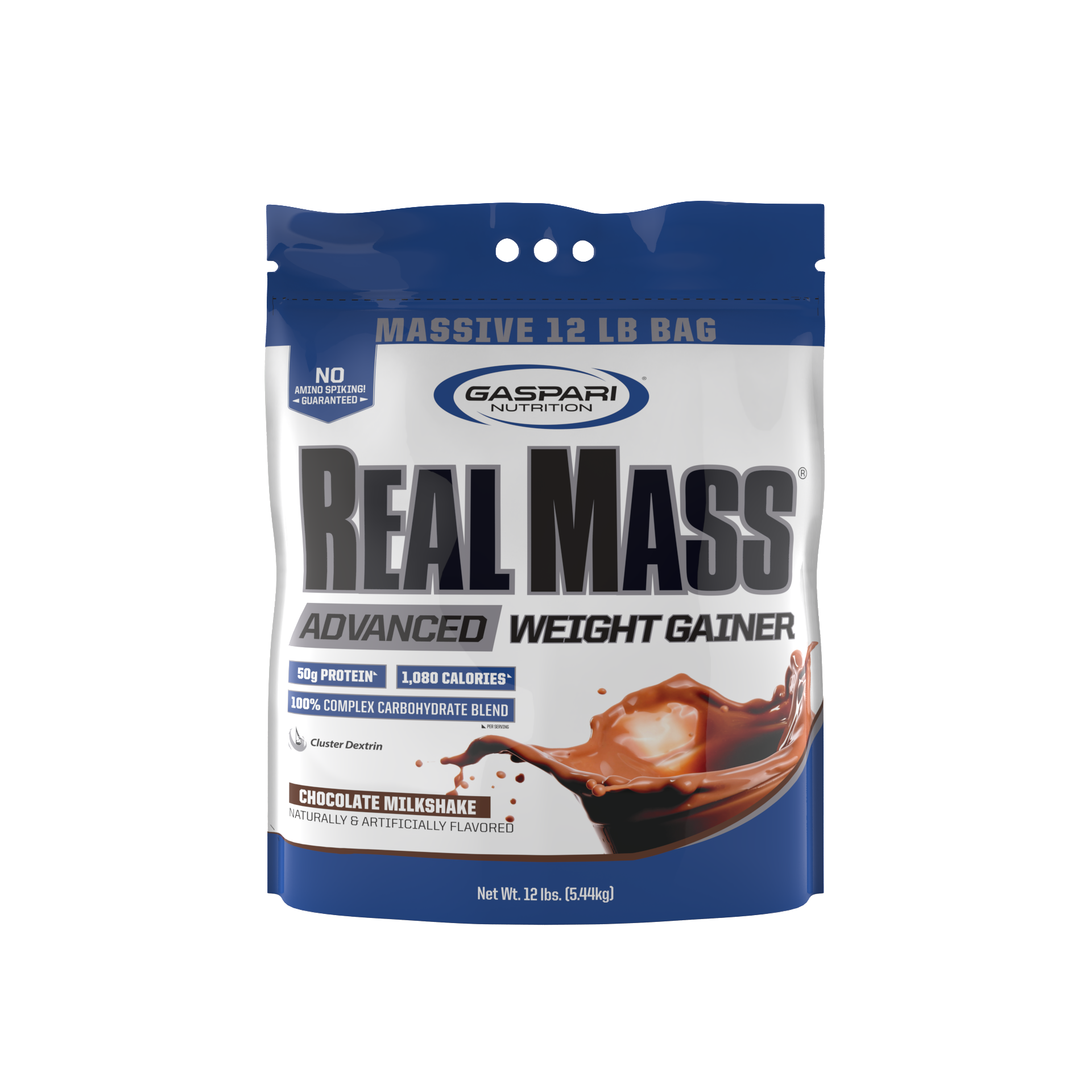
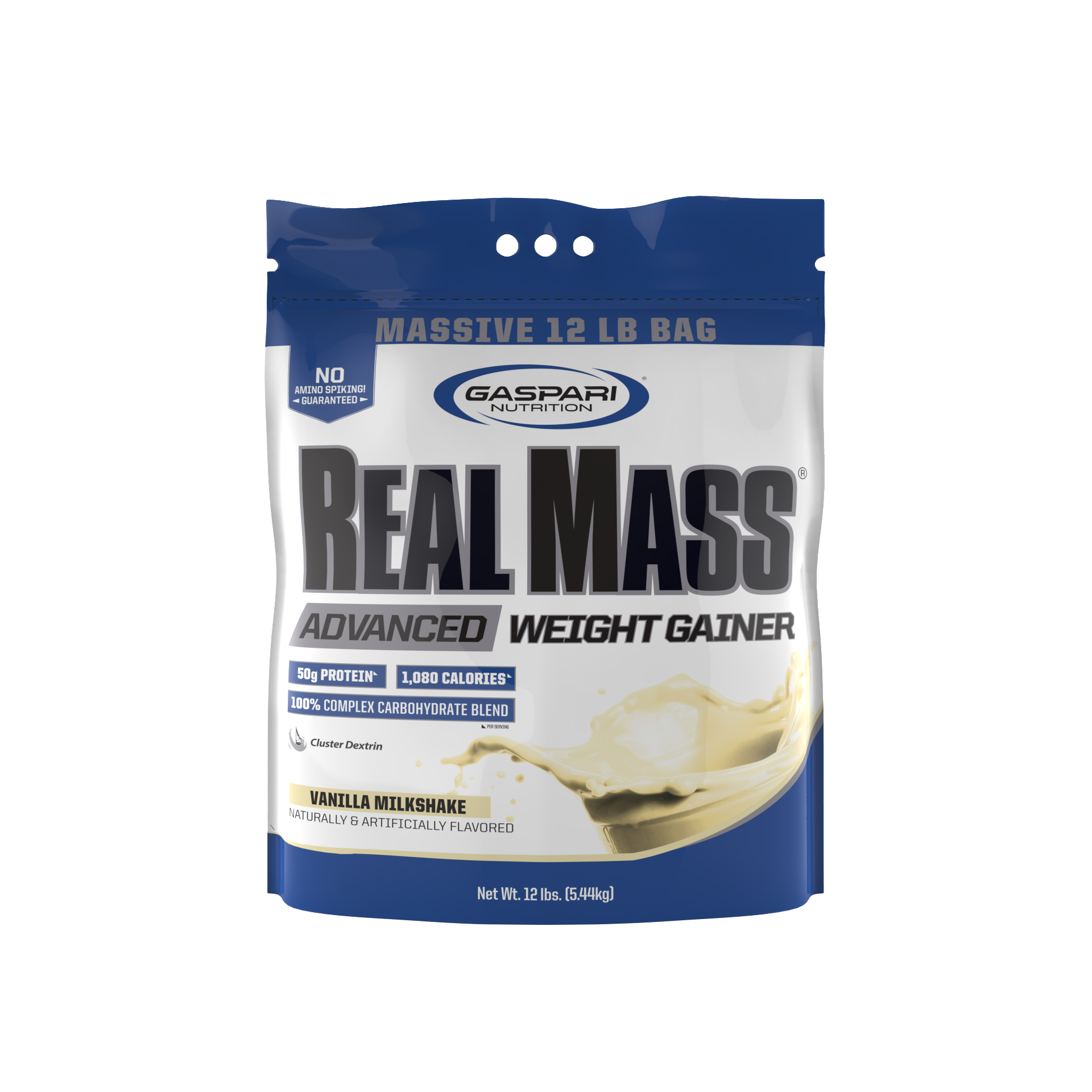


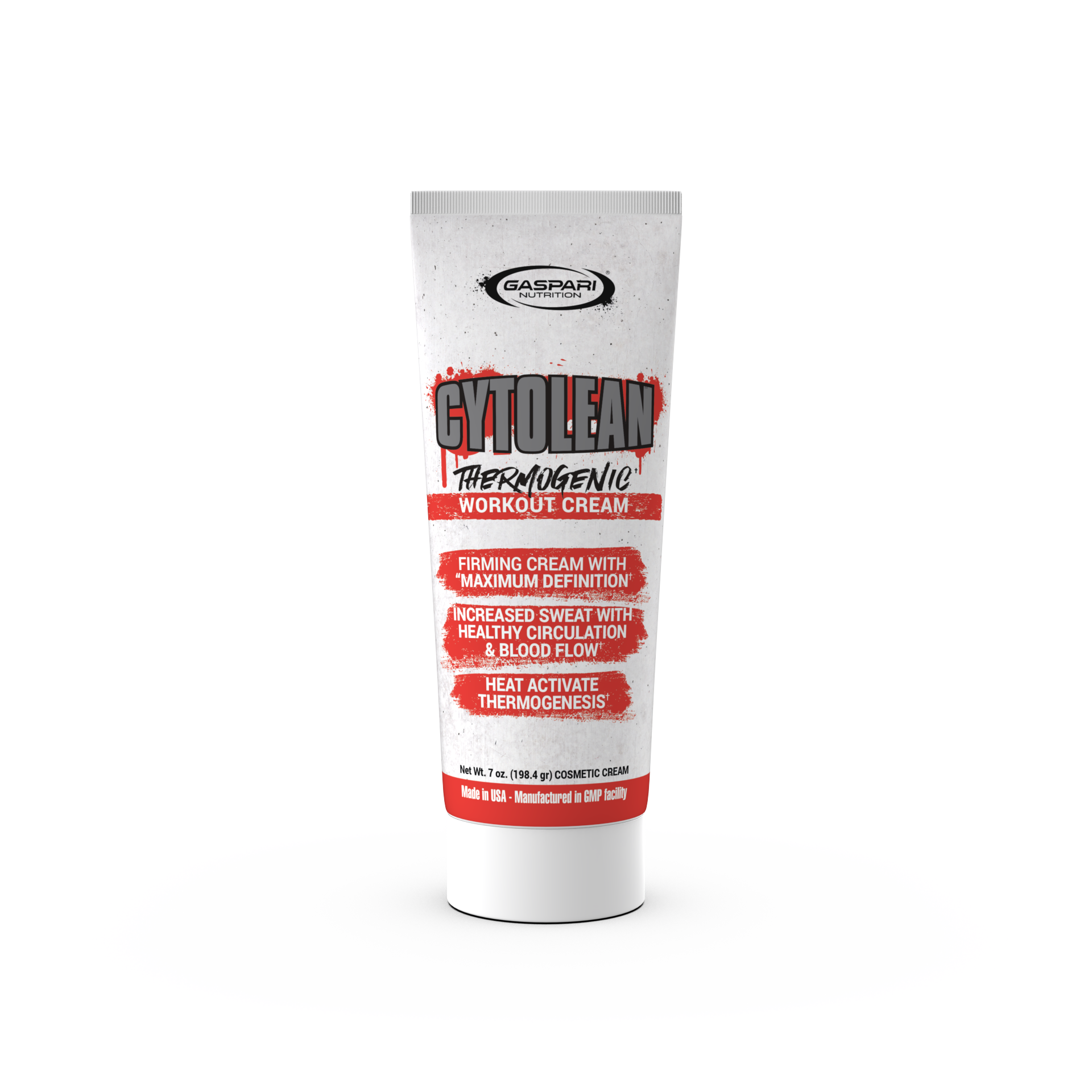


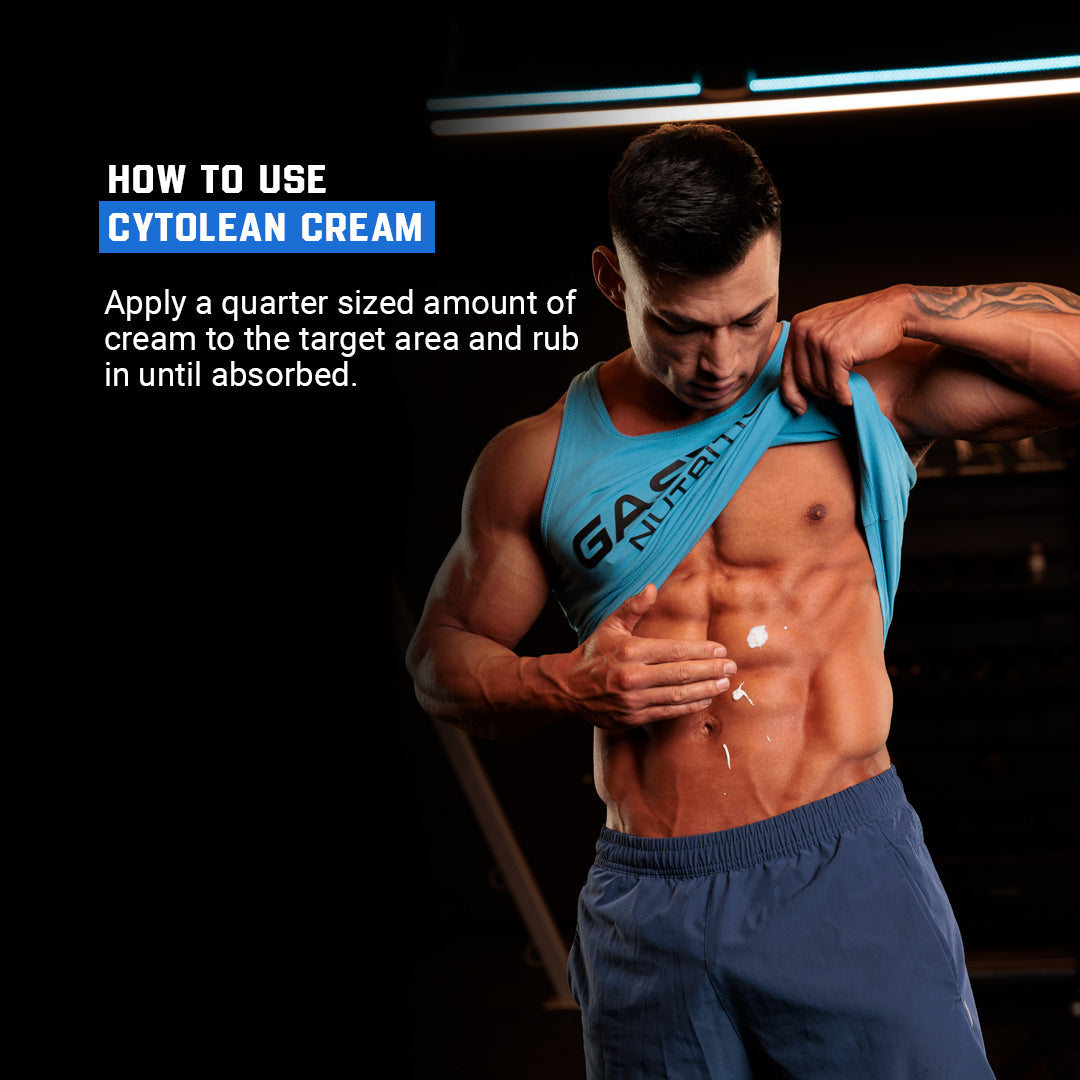

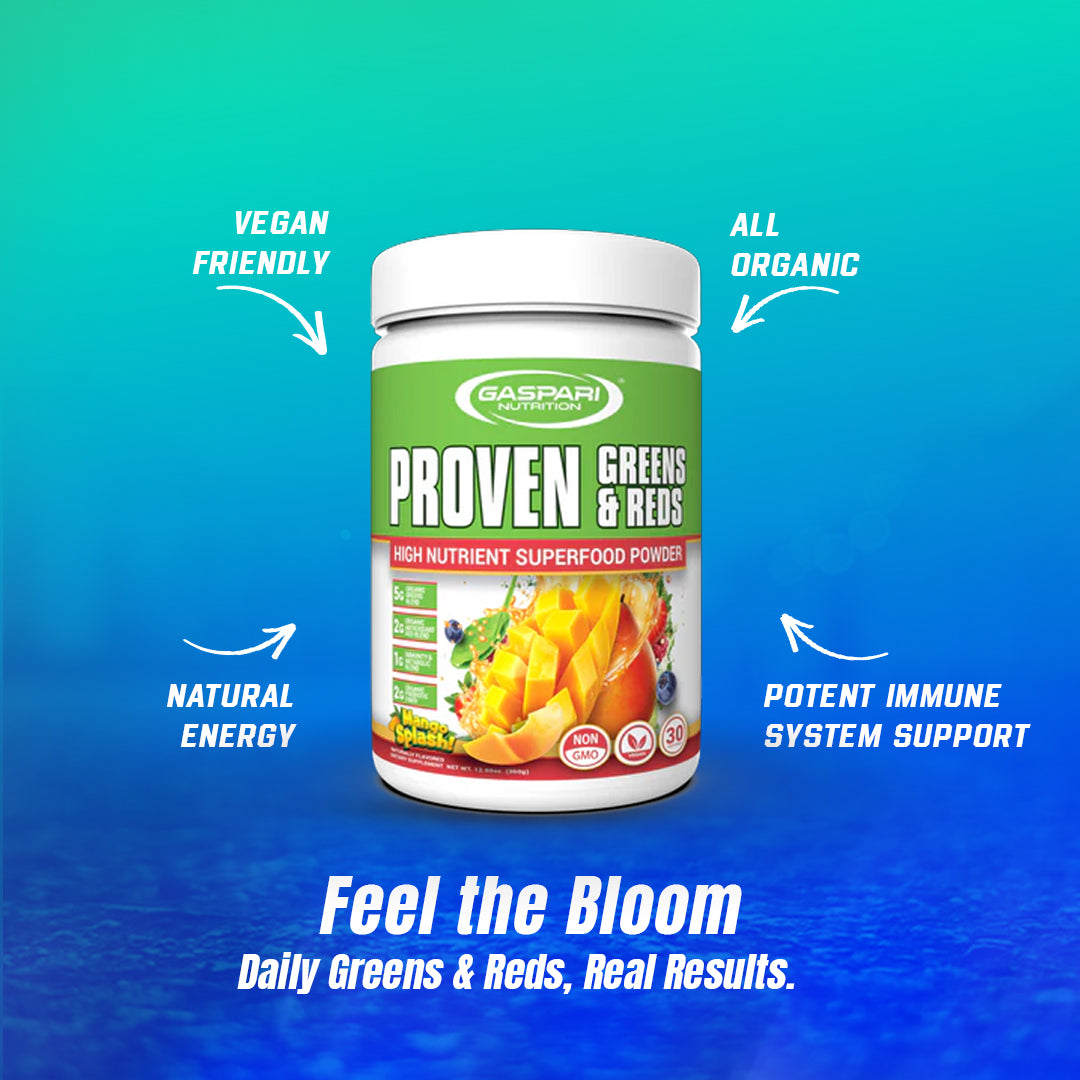
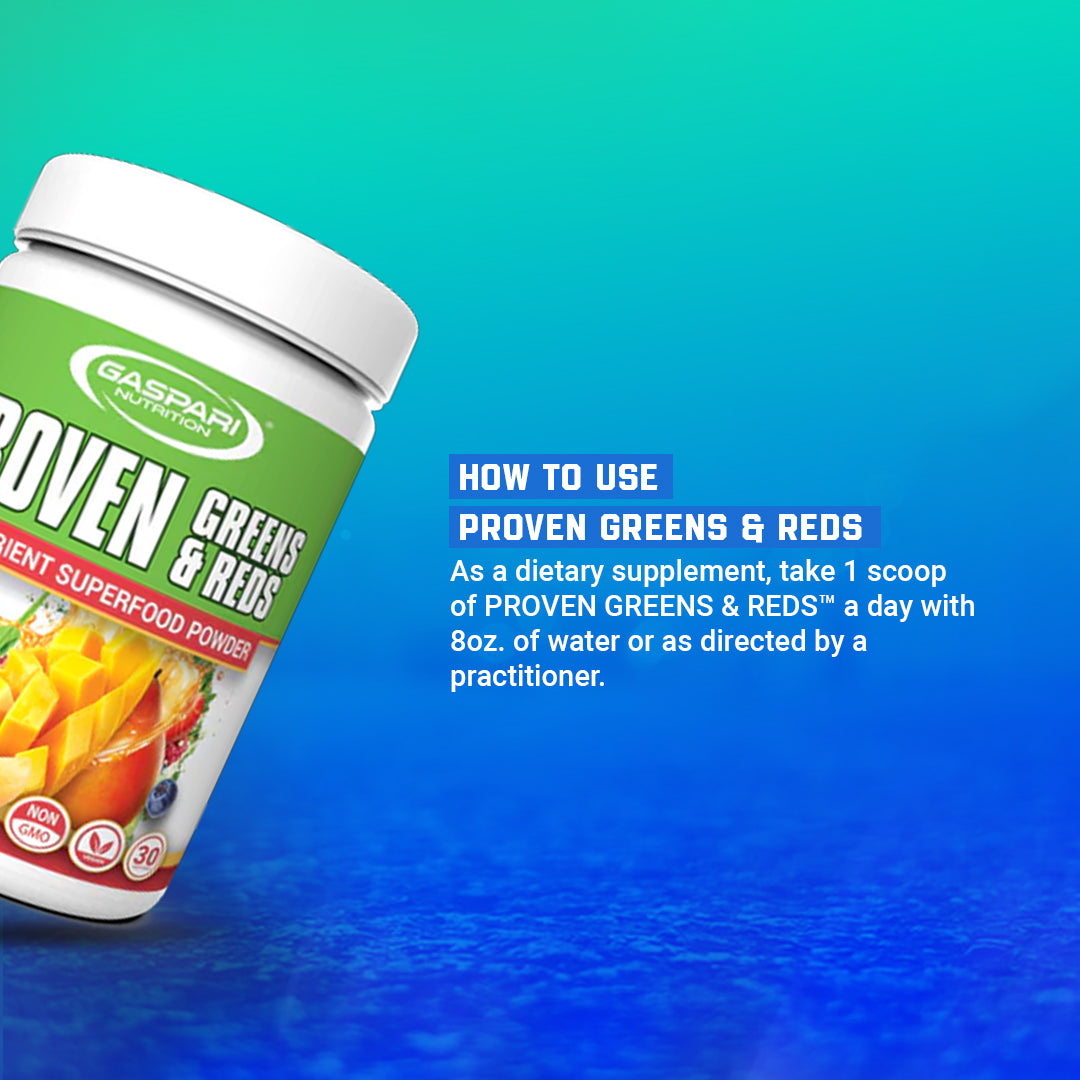
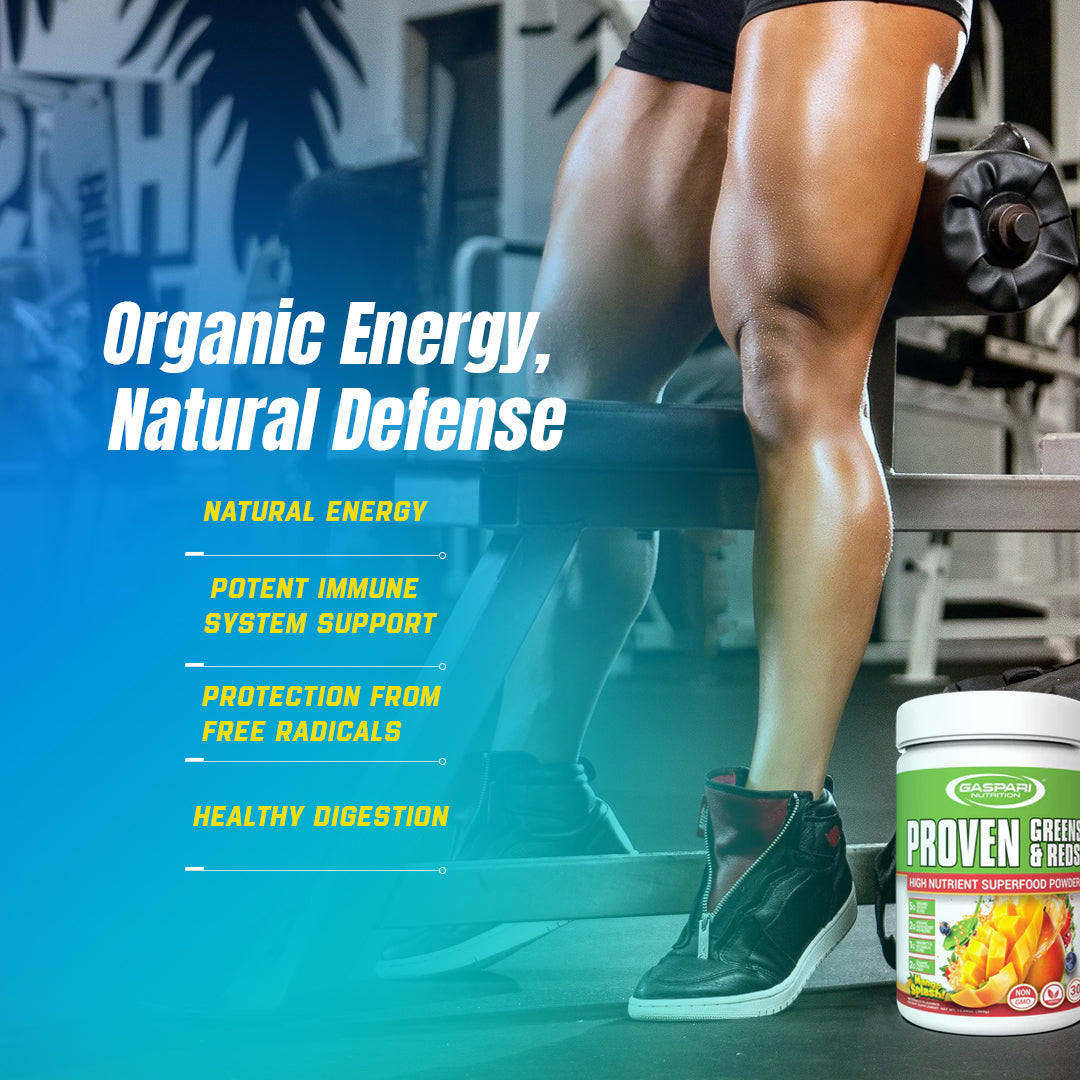
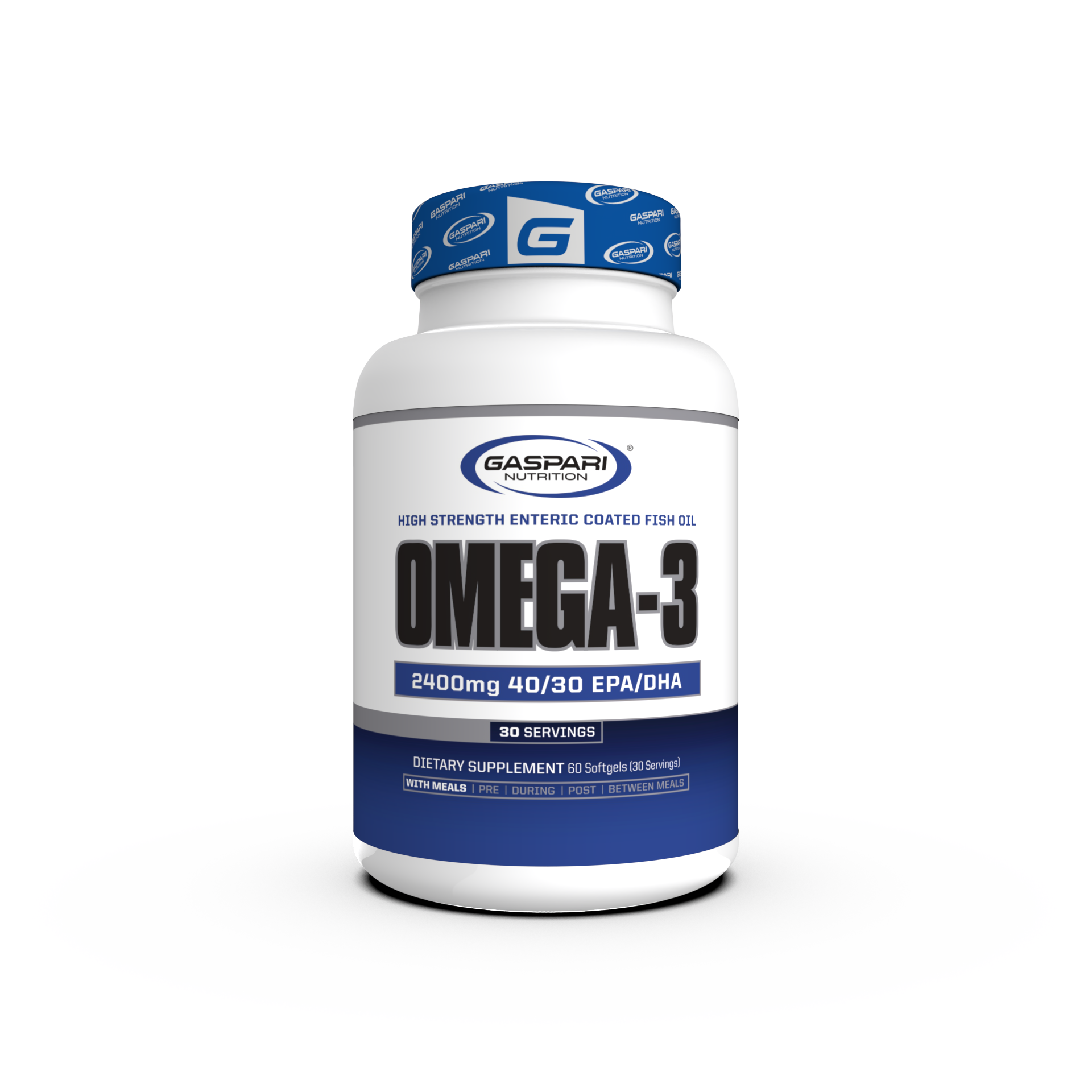
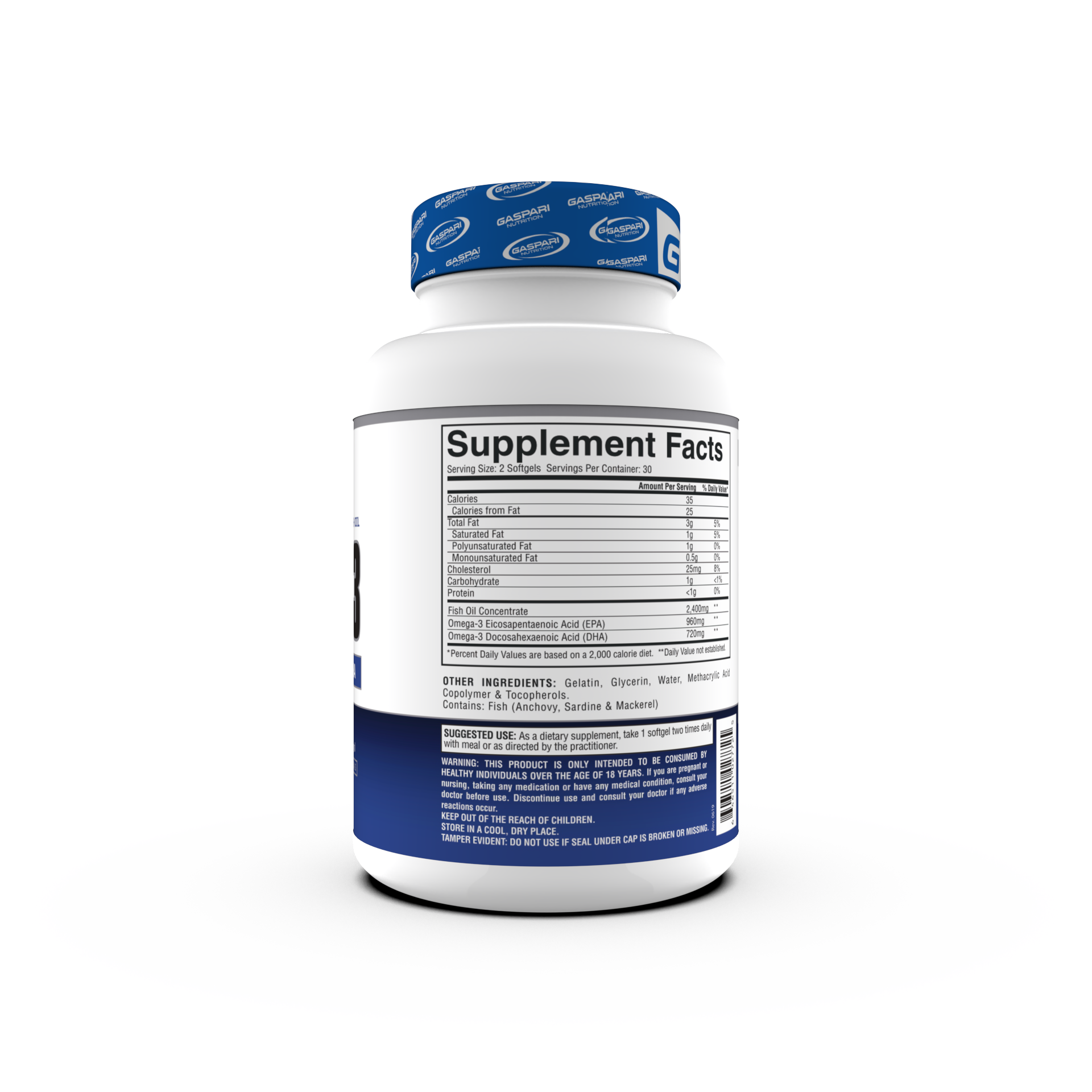
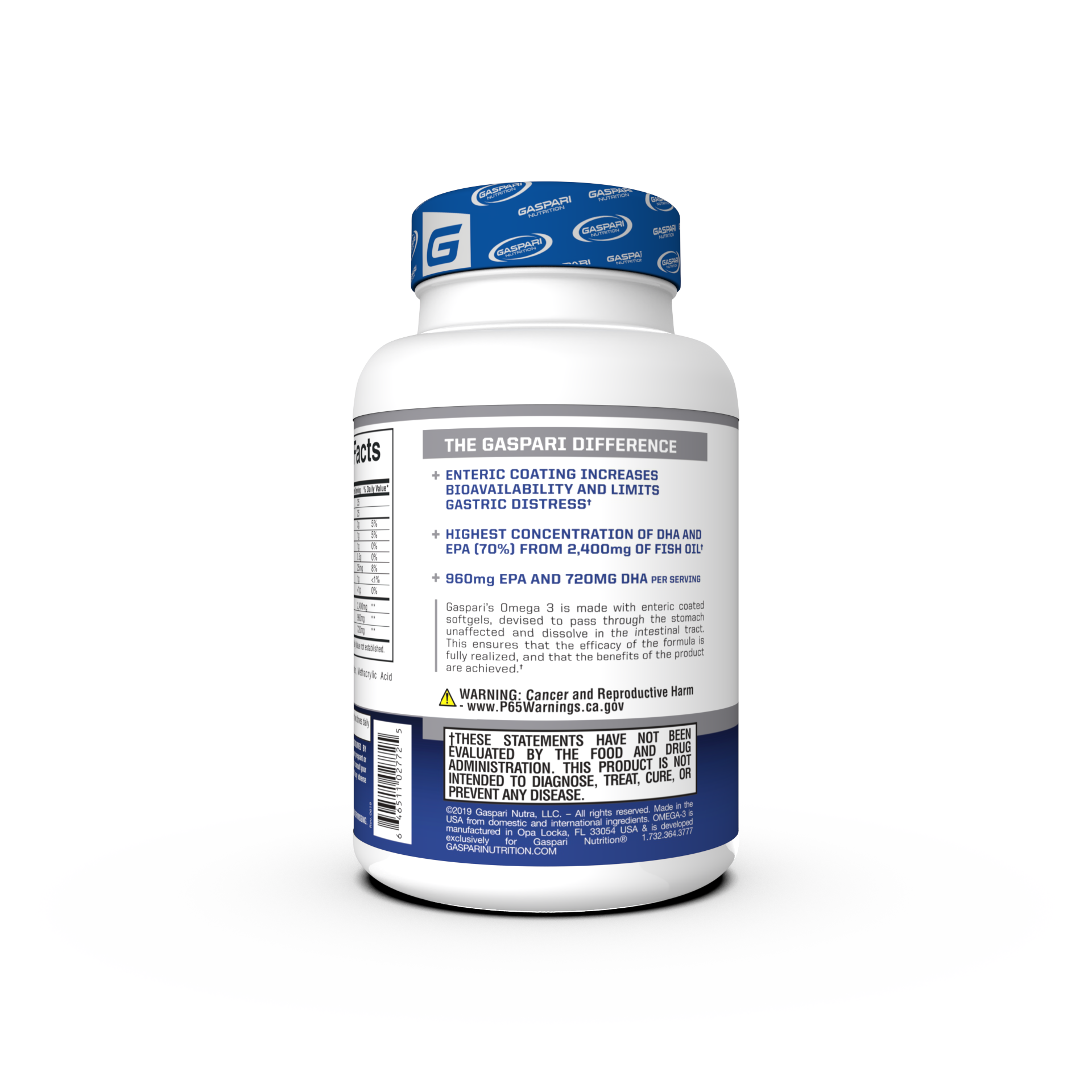
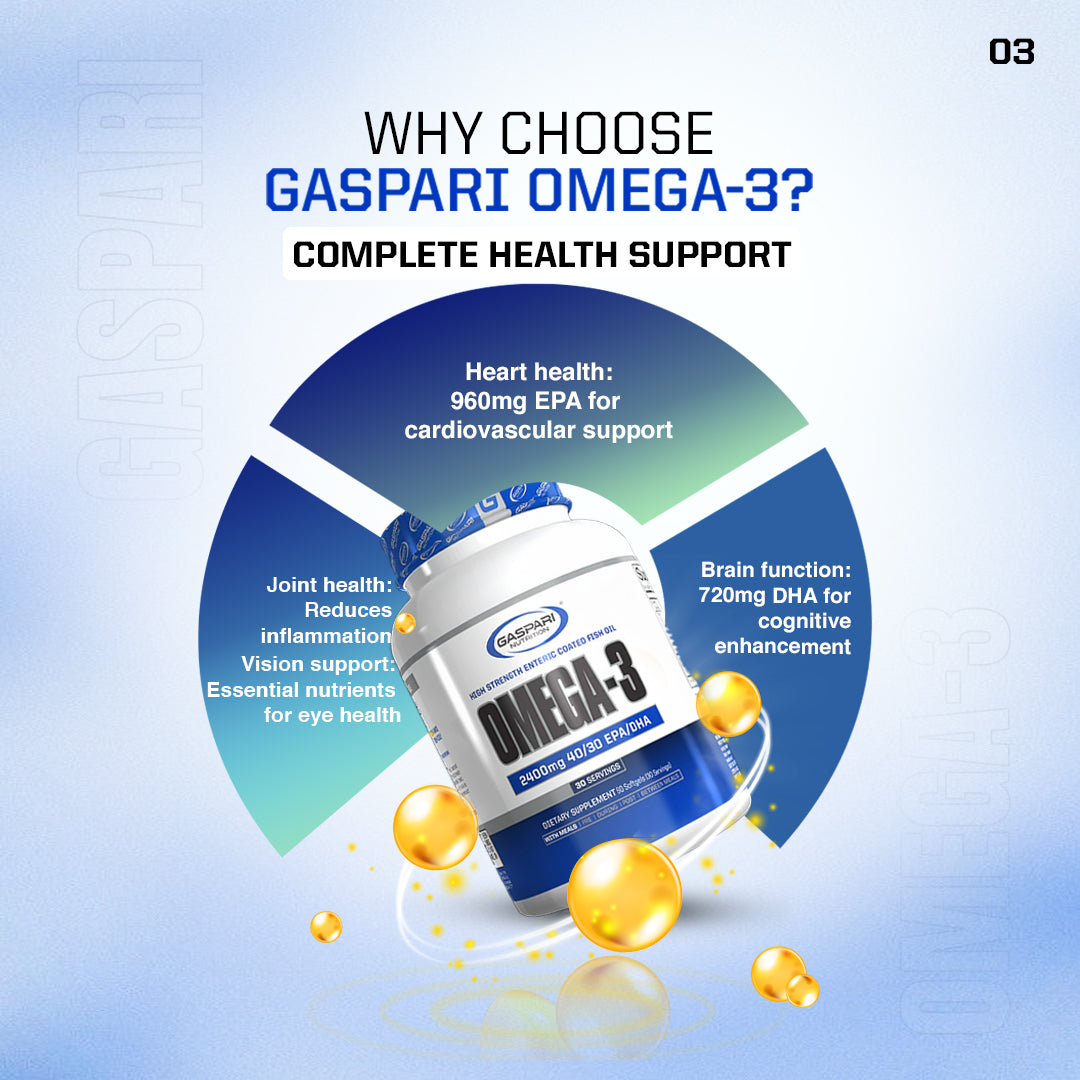
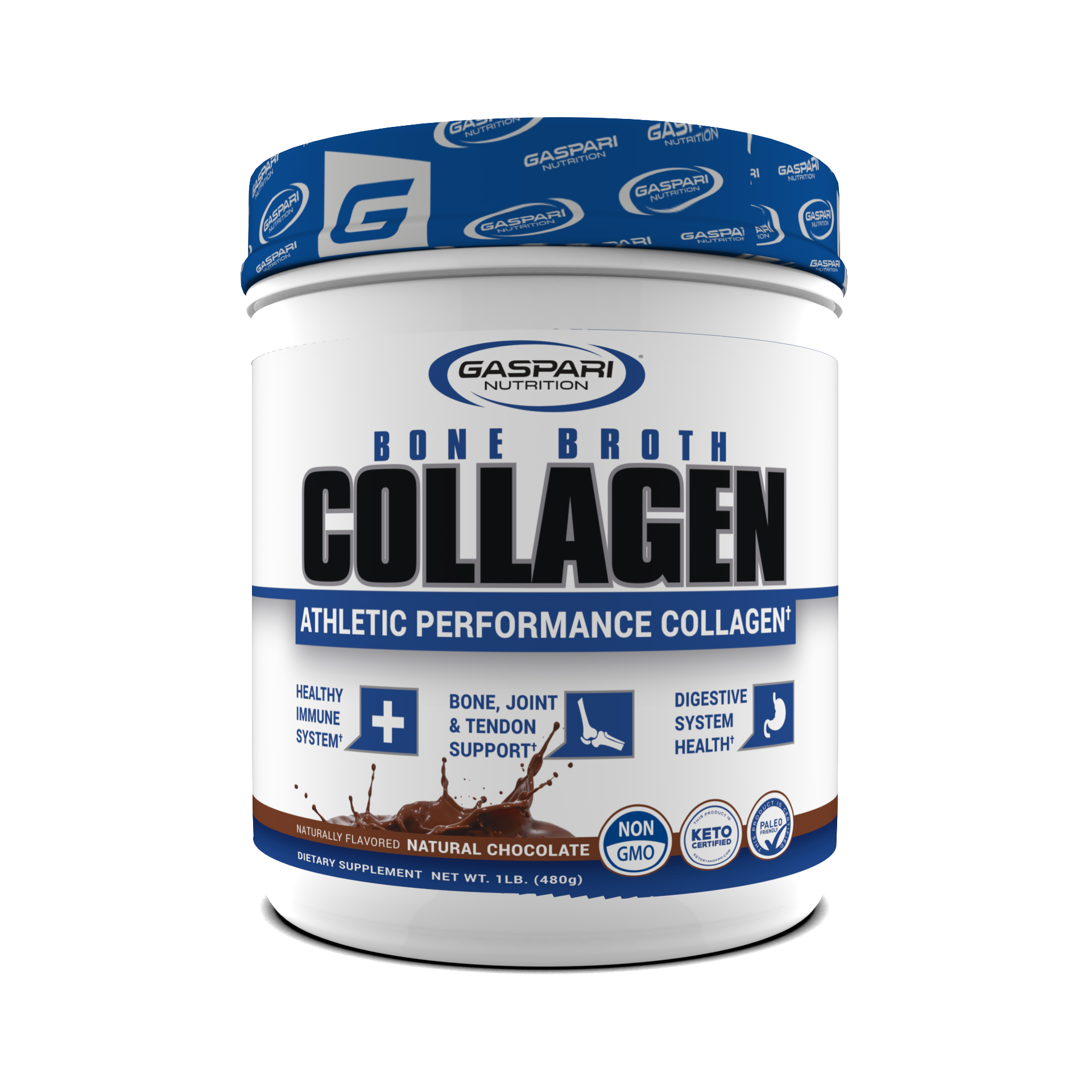
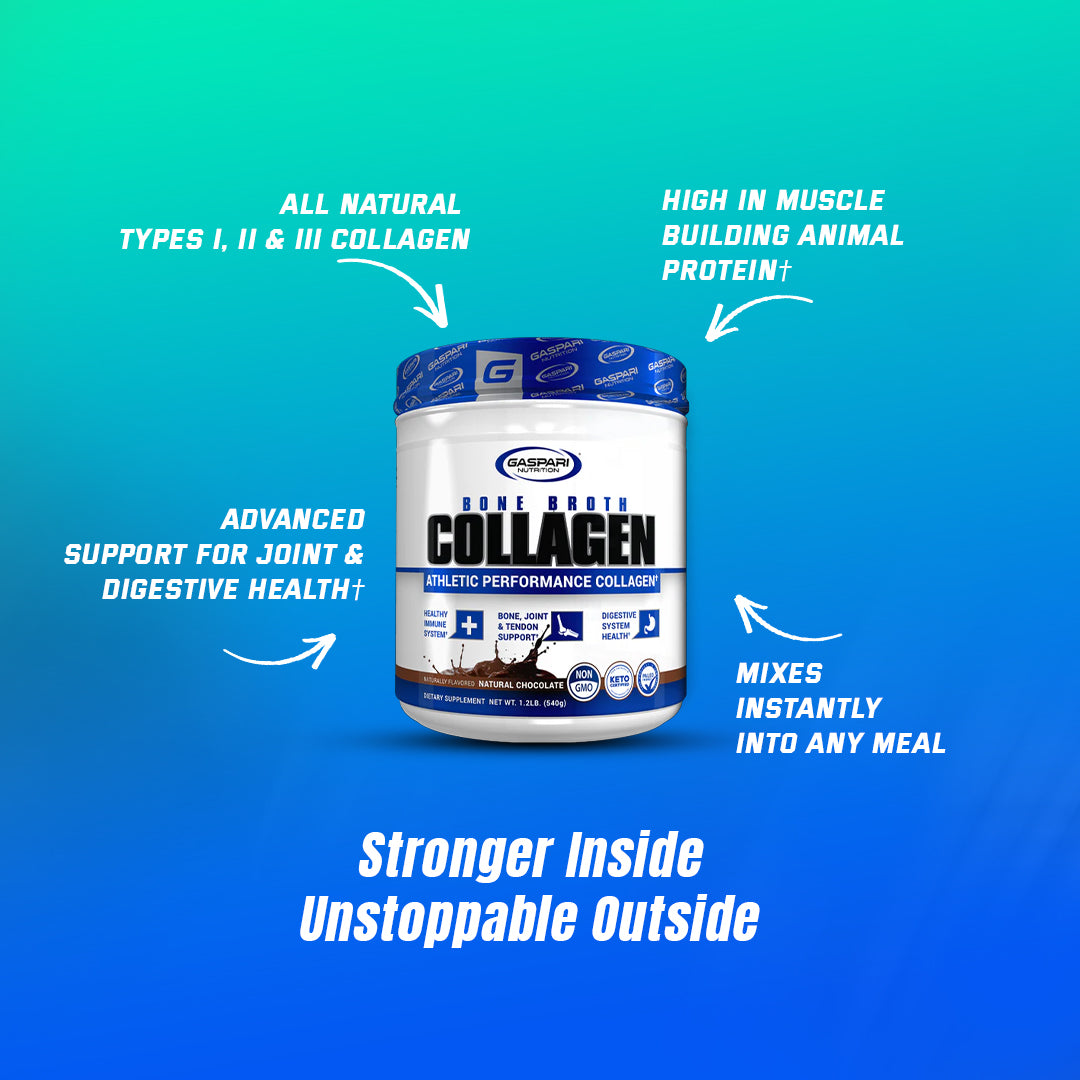

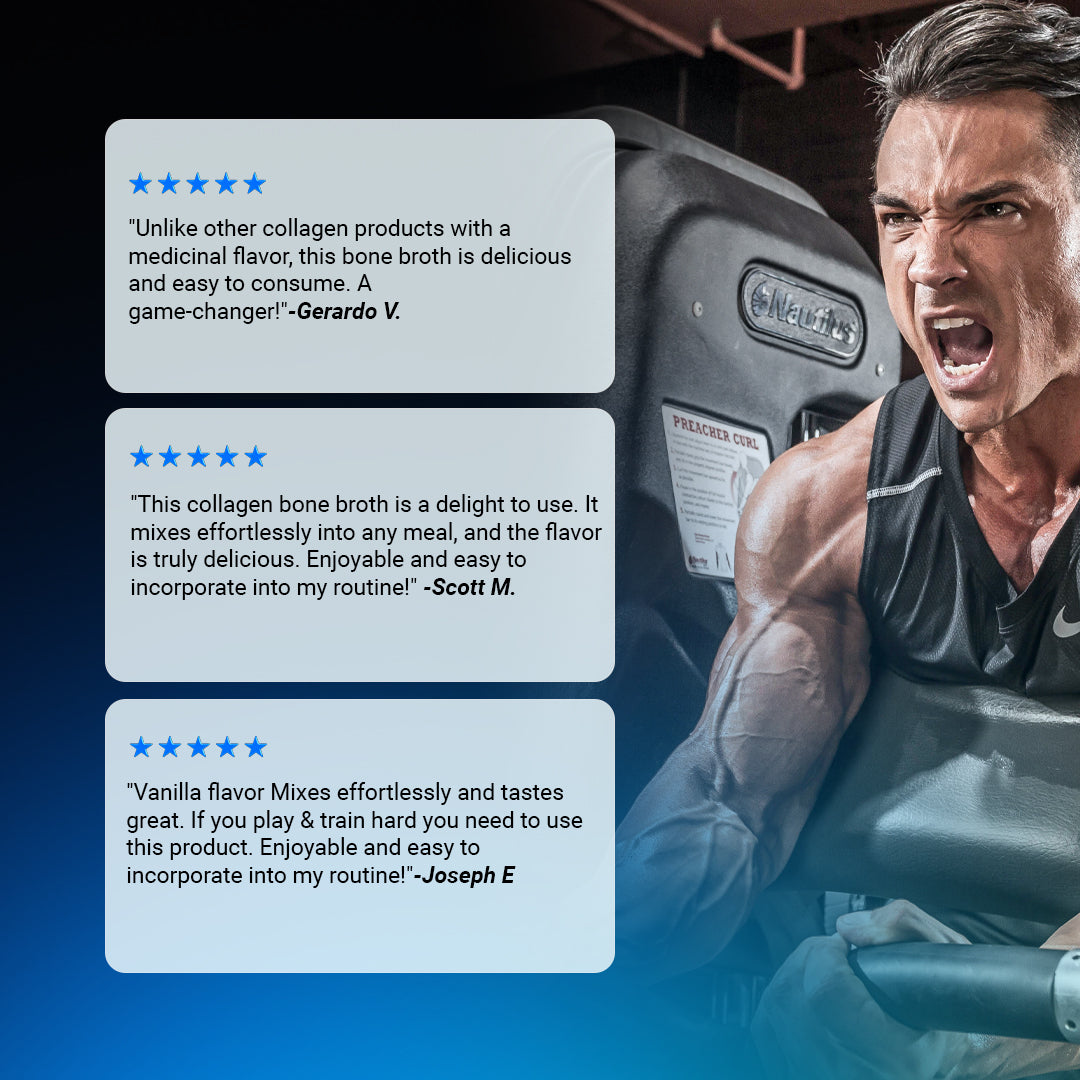
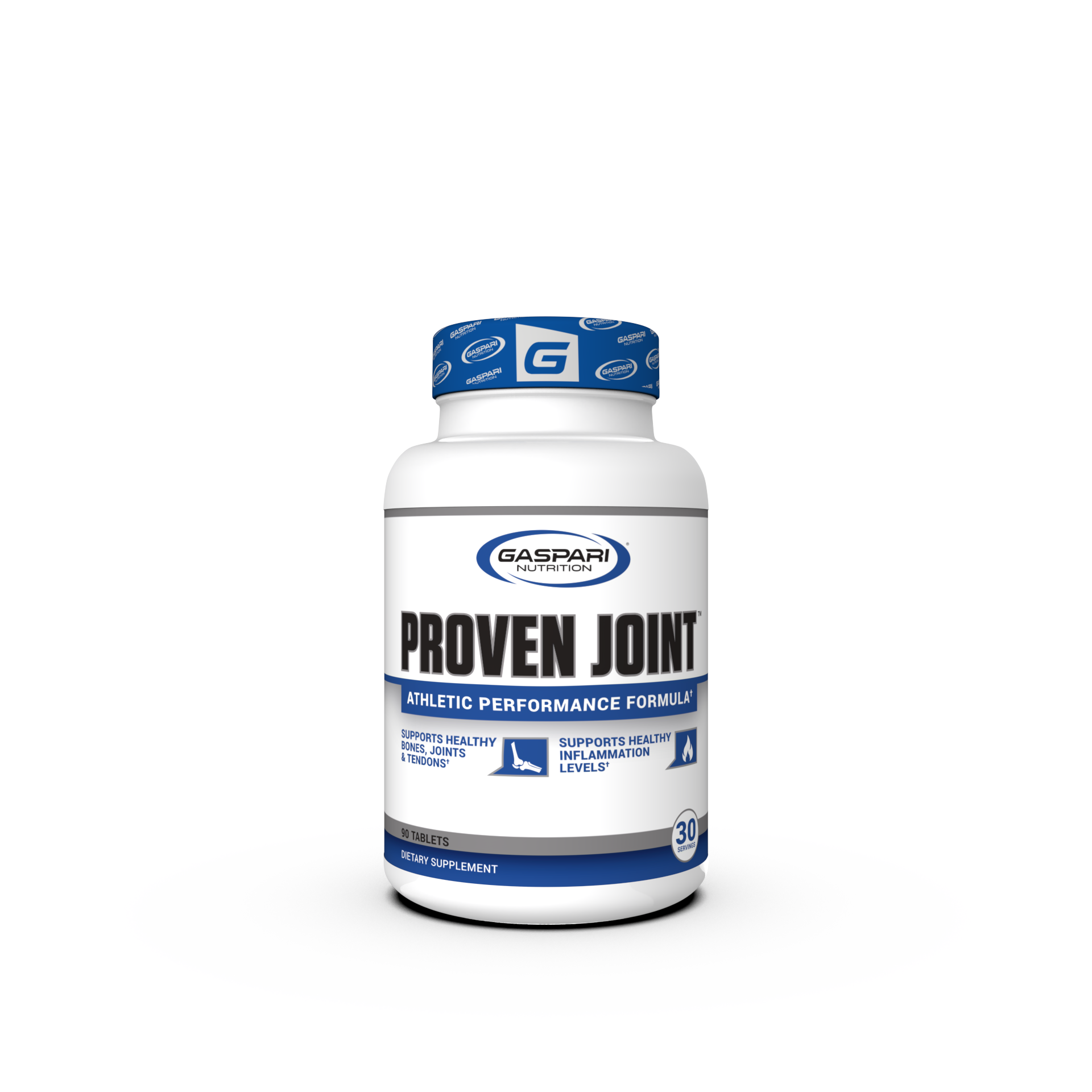
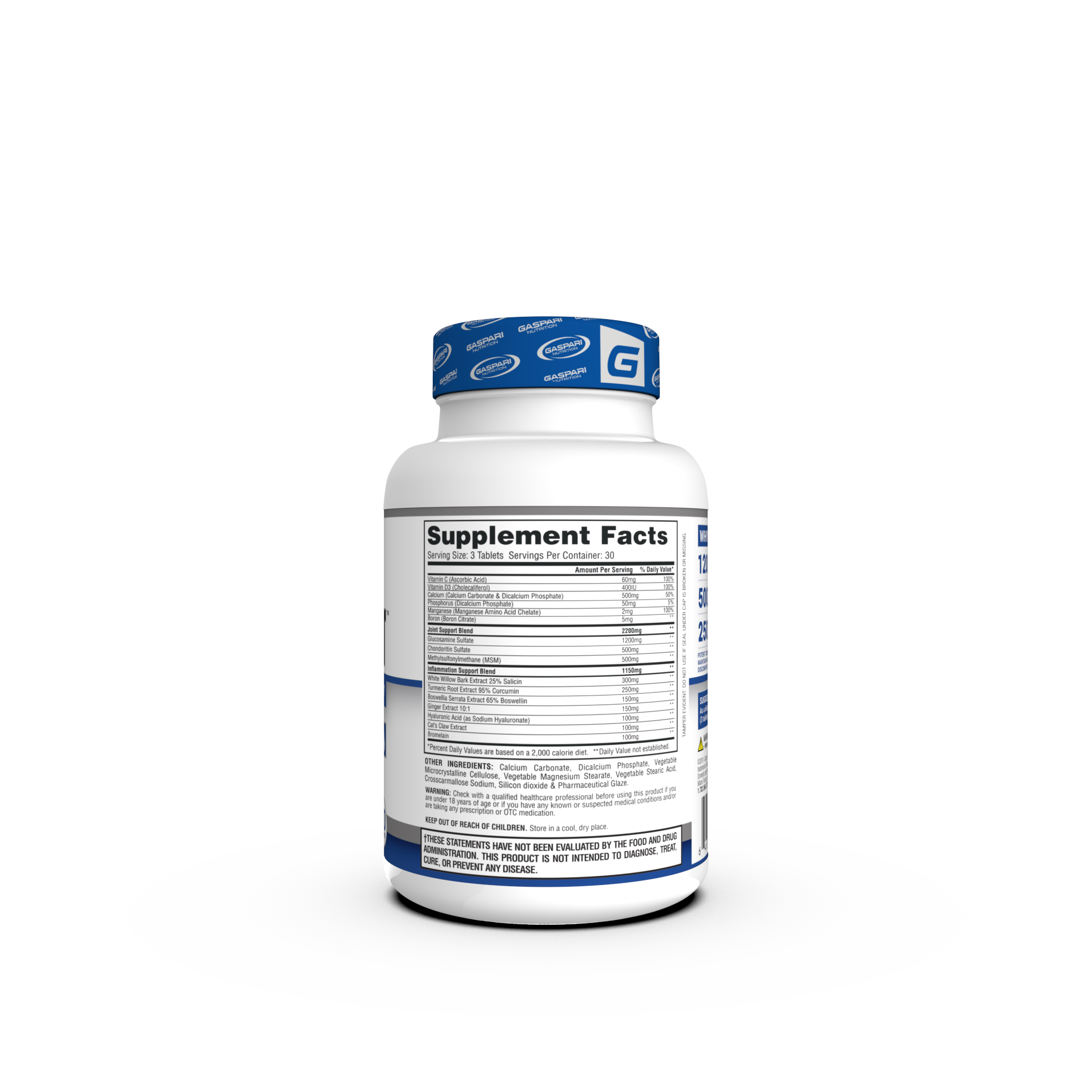
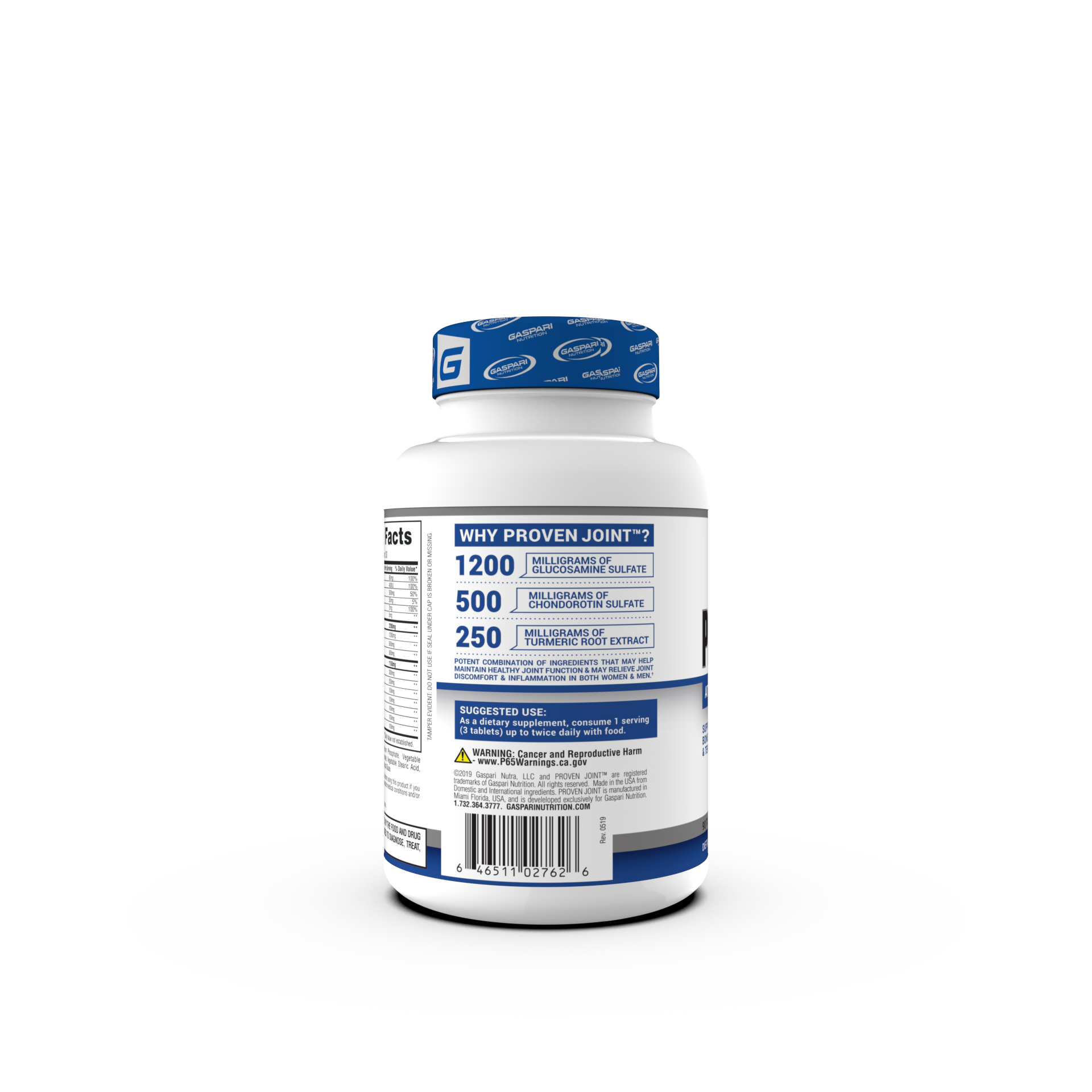

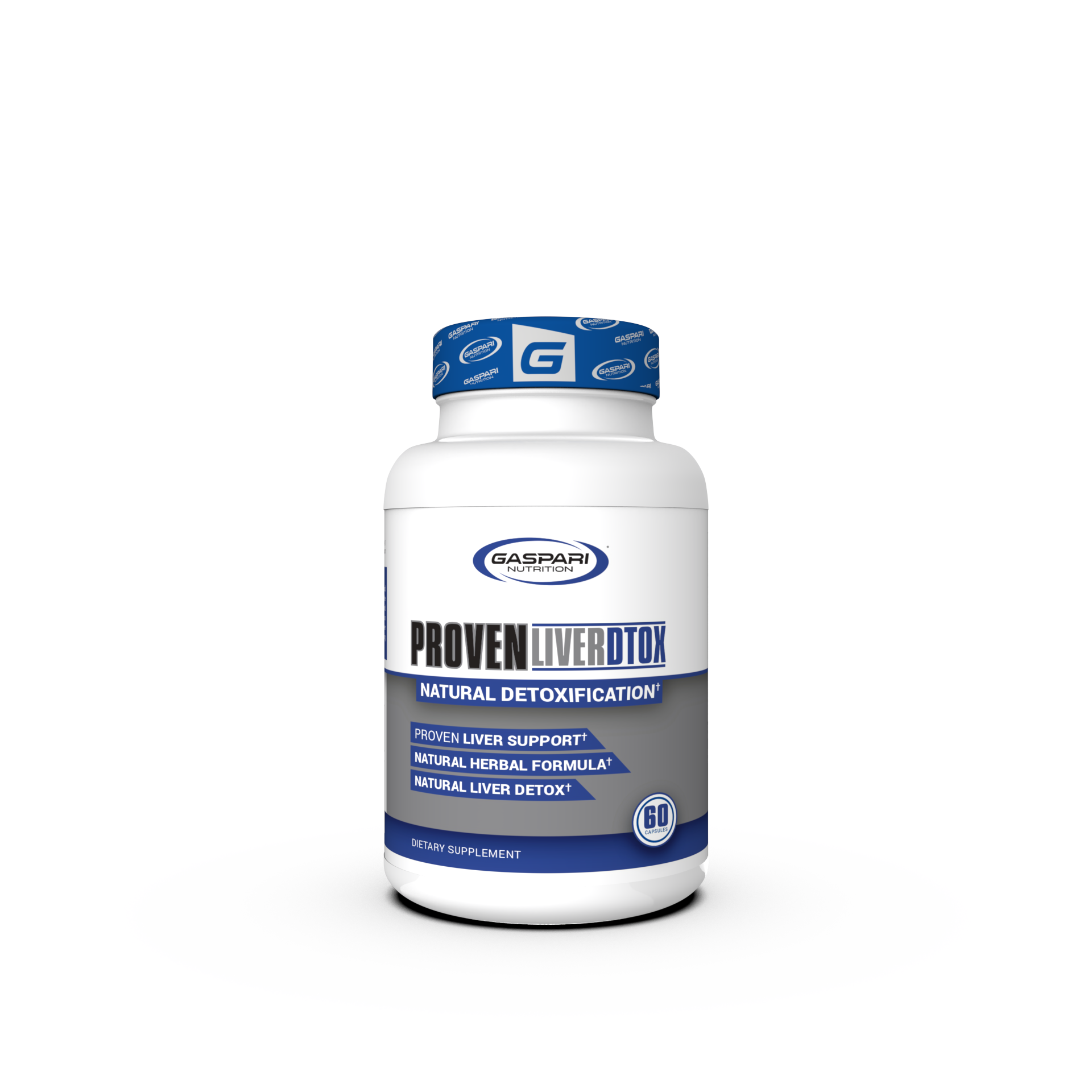
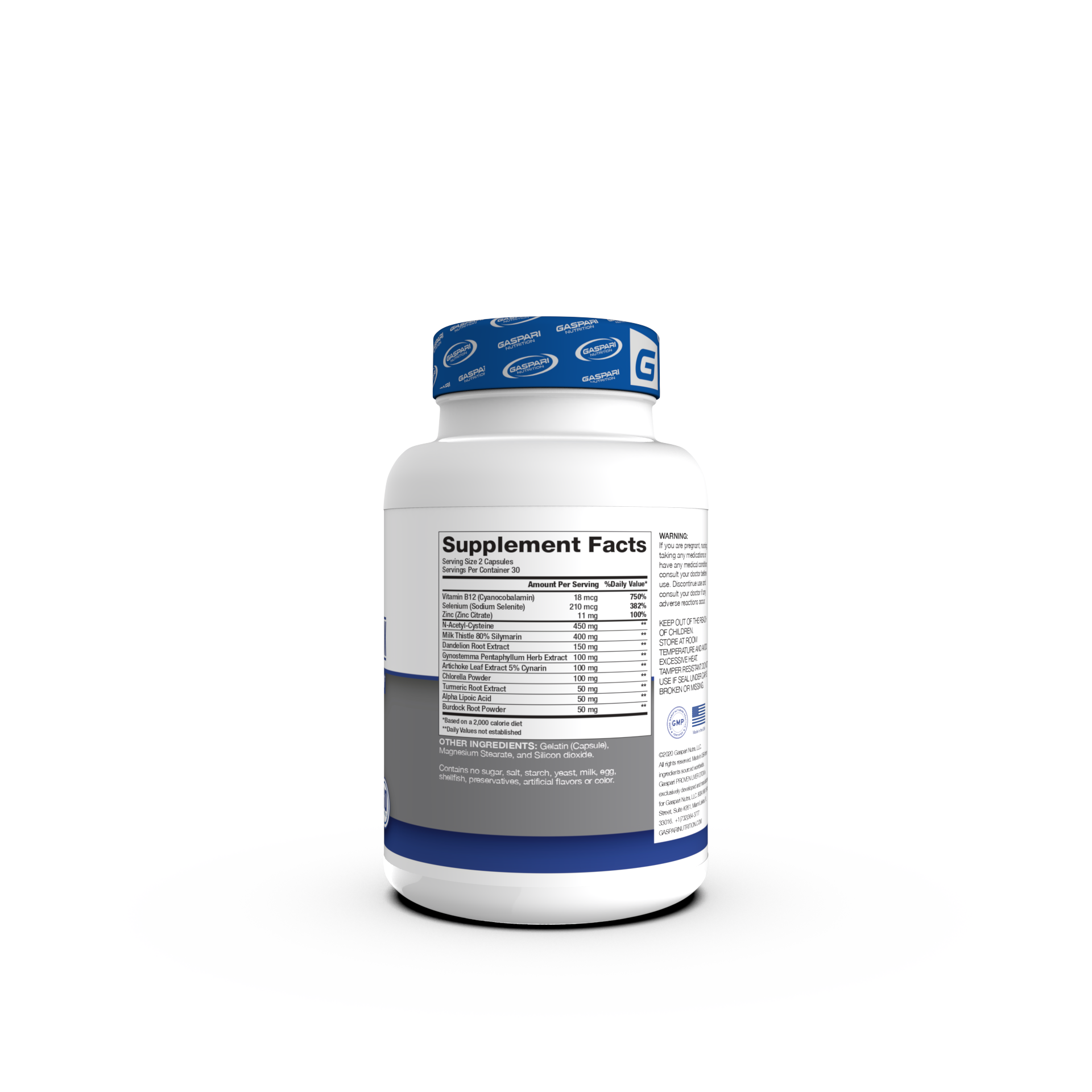
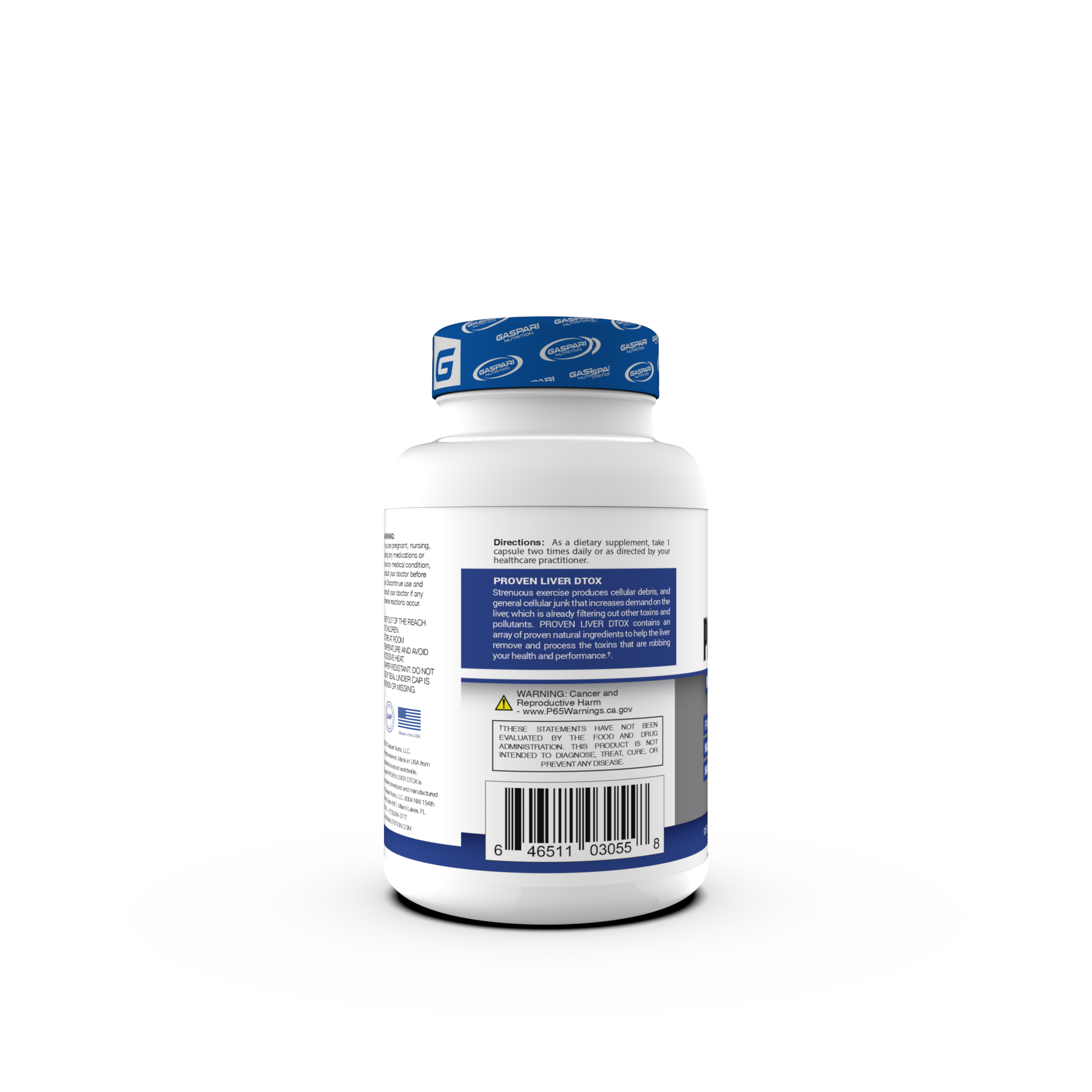

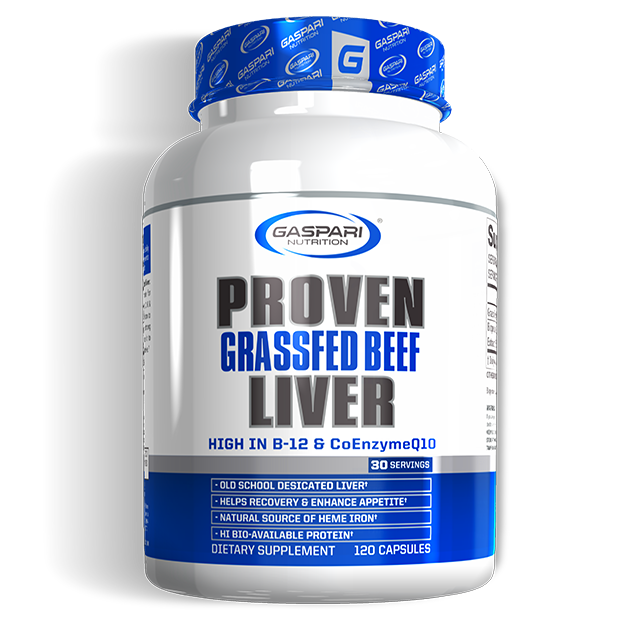
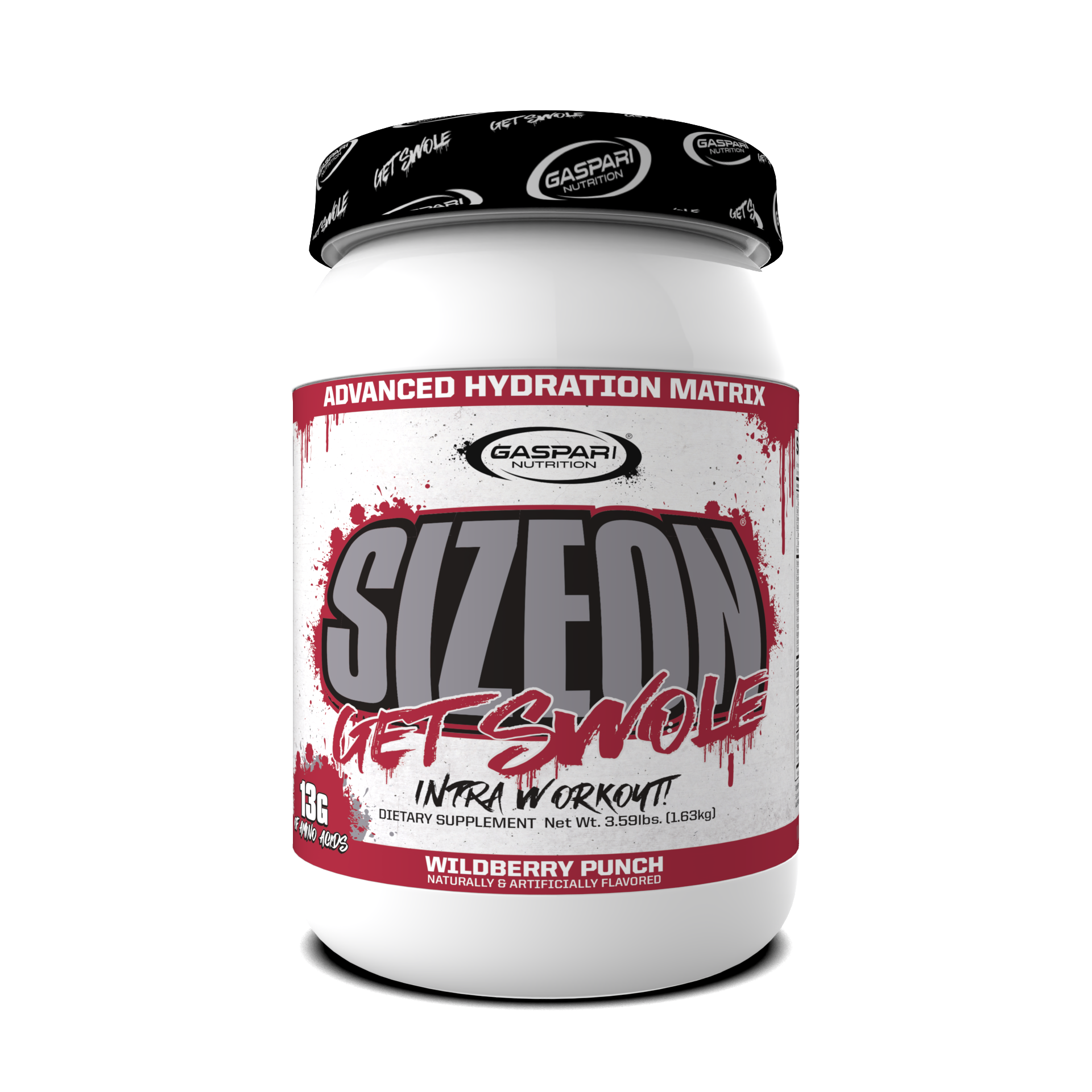
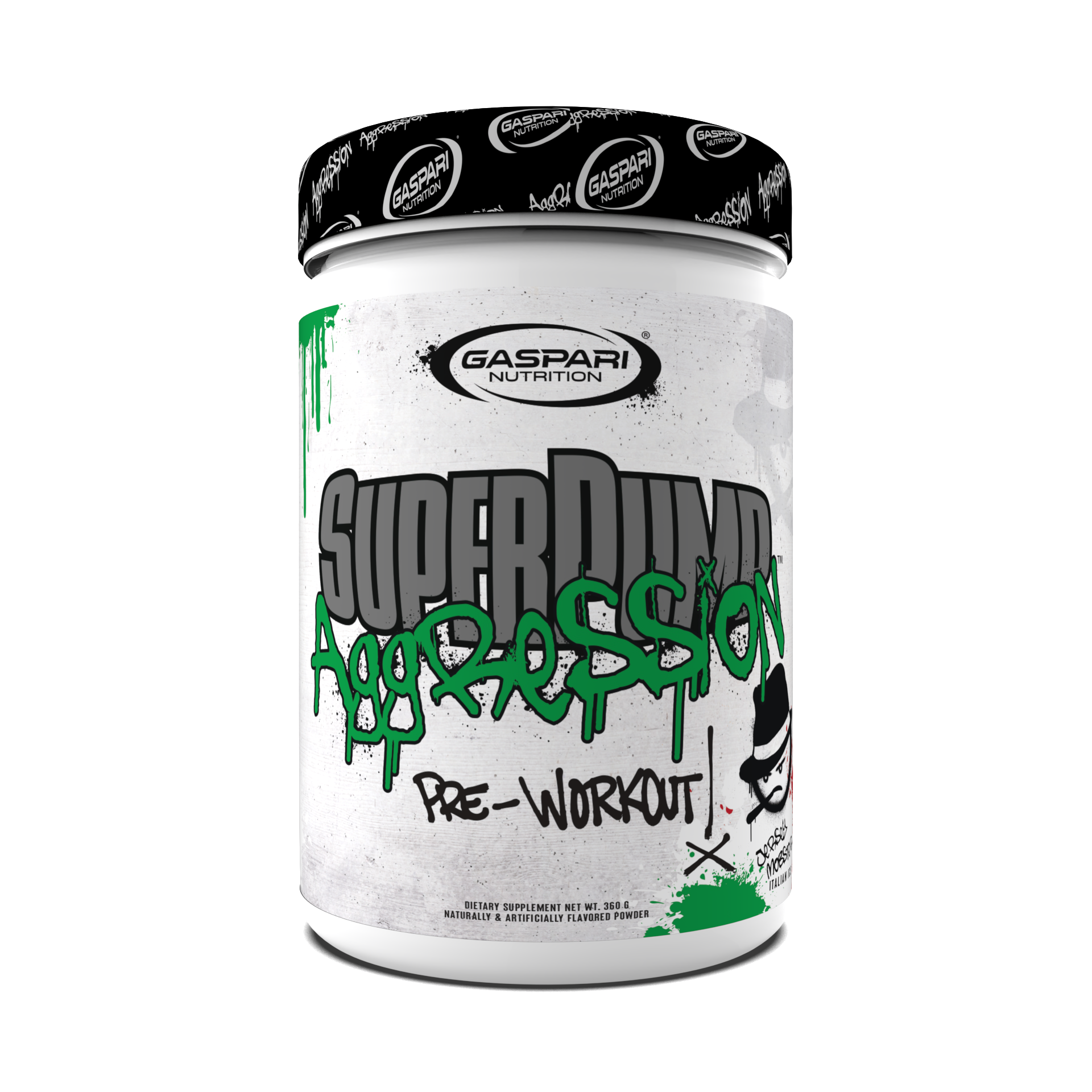
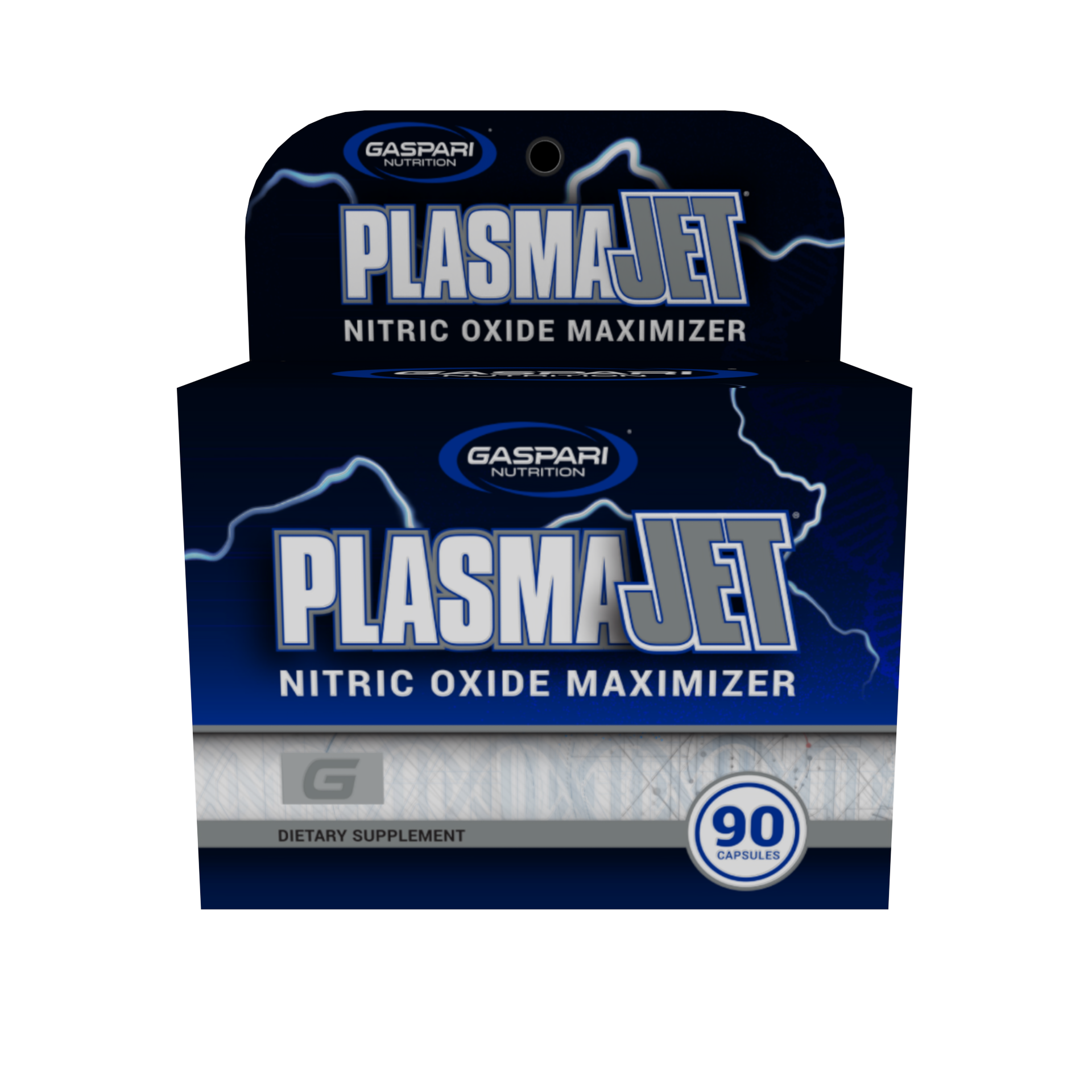


Share:
Six-Pack Abs For Summer
Top Five Add-On Supplements For Maximum Muscle Growth